As American home consumers pay more attention to the quality of bathroom environment, medicine cabinets have evolved from simple storage items to important furniture that combines practicality, design and durability. In particular, wood medicine cabinet is highly sought after by a large number of consumers in the US market for its natural and warm texture, as well as the diverse style options they offer.
However, in a humid, temperature-difference, and frequently used bathroom environment, the choice of wood is crucial. Proper selection can make the medicine cabinet last forever and even become a highlight to improve the grade of home decoration; if the wrong wood is selected, it will deform and crack at the least, and affect the safety of use at the worst.
This article will thoroughly analyse which wood is most suitable for bathroom medicine cabinets, combining actual needs, consumer preferences, and safety regulations of the US market to help brands, furniture manufacturers, and cross-border e-commerce sellers make informed material selection decisions.
1. Why do American families love wooden medicine cabinets?
American consumers' preference for wood products is rooted in their cultural traditions. From handmade furniture in the colonial period to modern home aesthetics, wood has always been a core element in American home design.
Currently, wooden medicine cabinets are popular in American home renovation projects for the following reasons:
Decorative effect brought by natural texture
Stable structure and long service life
Easy to match a variety of decoration styles (modern, country, retro, etc.)
Can be equipped with innovative functions such as lighting and defogging
According to the Houzz 2024 US Bathroom Trend Report, more than 60% of households prioritise using solid wood bathroom cabinets or medicine cabinets when renovating their bathrooms, indicating their mainstream position in the market.
2. Overview of wood types suitable for medicine cabinets
Wood commonly used in medicine cabinets can be roughly divided into two categories: solid wood and engineered wood. Among these, solid wood is further categorised into hardwood and softwood. The following are several common wood types and characteristics used in the US furniture market.
✅ Comparison table of common wood and its characteristics
|
Wood Type |
Moisture Resistance |
Appearance |
Market Tier |
Recommended for Cabinets |
|
Oak |
Excellent |
High |
Mid–High |
✅ Highly recommended |
|
Maple |
Good |
Moderate–High |
Mid |
✅ Recommended |
|
Walnut |
Fair |
Very High |
High |
✅ Best for luxury |
|
Cherry |
Moderate |
High |
High |
✅ For traditional style |
|
Pine |
Weak |
Moderate |
Budget |
|
|
MDF (Engineered) |
Poor (unless sealed) |
Customizable |
Budget |
✅ Needs waterproofing |

3. Recommendation and application analysis of high-quality wood
1) Red oak: a representative of durable and cost-effective
Red oak is a native American hardwood with a compact structure and good compression resistance. Its surface texture is rough and natural, making it suitable for both modern and American country-style bathrooms. Oak's moisture resistance is excellent among hardwoods, making it an ideal choice for high-humidity environments, such as bathrooms.
Ø Advantages: wear-resistant, moisture-proof and stable, easy to process
Ø Disadvantages: heavyweight, slightly higher transportation costs
2) Maple: a balance between modern beauty and practicality
Maple has a light colour and uniform texture, making it very suitable for modern, simple-style bathrooms. It has high density, excellent bending resistance, and is resistant to cracking. It is a common choice for mid- to high-end home users.
Ø Advantages: durable, not easy to deform, and good painting effect
Ø Disadvantages: natural texture is not as prominent as that of other woods
3) Black walnut: the preferred material for high-end customisation
Walnut has a deep tone, elegant texture, and a sense of luxury. In the high-end market in the United States, such as Los Angeles and New York, it is often used for custom luxury furniture in homes. However, due to its high cost, it is more common in custom medicine cabinet projects.
Ø Advantages: lovely, delicate texture
Ø Disadvantages: high price, strict requirements for processing and painting
4) Cherry wood: suitable for traditional style and dry climate
Cherry wood is famous for its warm red tone and smooth surface texture. It will naturally darken over time, forming a unique, aged colour that is suitable for traditional home decoration in the Midwest and dry areas of the West.
Ø Advantages: strong decorative effect, suitable for carving
Ø Disadvantages: slightly strong hygroscopicity, not suitable for humid environments
5) Pine and MDF: Compromise choice for entry-level products
Although these two materials offer cost advantages, they are susceptible to moisture. If used in the bathroom, it must be covered with PVC, a melamine finish, or a special coating for protection.
4. Insights into consumer preferences in the US market
Through analysis of user reviews on platforms such as Amazon, Wayfair and Home Depot, we found that:
² Consumers prefer "natural texture" and "environmentally friendly materials", and are particularly concerned about whether the wood is FSC certified.
² Neutral tones (such as light brown and log colour) are the most popular.
² Soft-closing door hinges, built-in lighting, mirror defogger and other functional bonus items
² Users prefer products that are "easy to install" and "provide detailed installation instructions"
² High-scoring products are often equipped with at least 1 1-year warranty service.
In addition, many US states, such as California, require products to meet Proposition 65 hazardous substance labelling requirements, making it particularly important to choose environmentally friendly panels.
5. Export and product development suggestions
For brands or suppliers planning to export wooden medicine cabinets to the United States, the following points should be paid special attention to:
✅ Ensure that the wood is thoroughly dried (moisture content ≤ 10%) to avoid cracking due to climate change during transportation
✅ Provide accessories that meet US voltage standards (110V), especially medicine cabinets with lights
✅Comes with English installation instructions and installation accessories that meet American walls
✅ Focus on oak or maple medicine cabinets to meet mainstream needs
✅ If engineered wood is used, technical features such as "waterproof edge sealing" and "mildew-proof treatment" should be marked
✅Certification recommendations: UL certification, CARB Phase 2 compliance, FSC certificate
6. Conclusion: Choosing the right wood determines the success or failure of the product
The durability and beauty of wooden medicine cabinets largely depend on the quality and characteristics of the wood itself. For the US market, consumers value appearance, performance, and safety.
Oak and maple are the most reliable main options, with a balance of appearance, performance and price; while walnut and cherry are more suitable for high-end customisation or specific decoration style scenes; as for pine and MDF, it is only recommended to use them with caution in price-sensitive projects and do additional moisture-proof treatment.
Only by mastering the properties of wood and combining them with the preferences of the target market can we truly create a wooden medicine cabinet that is both beautiful, practical, and trusted by American consumers.

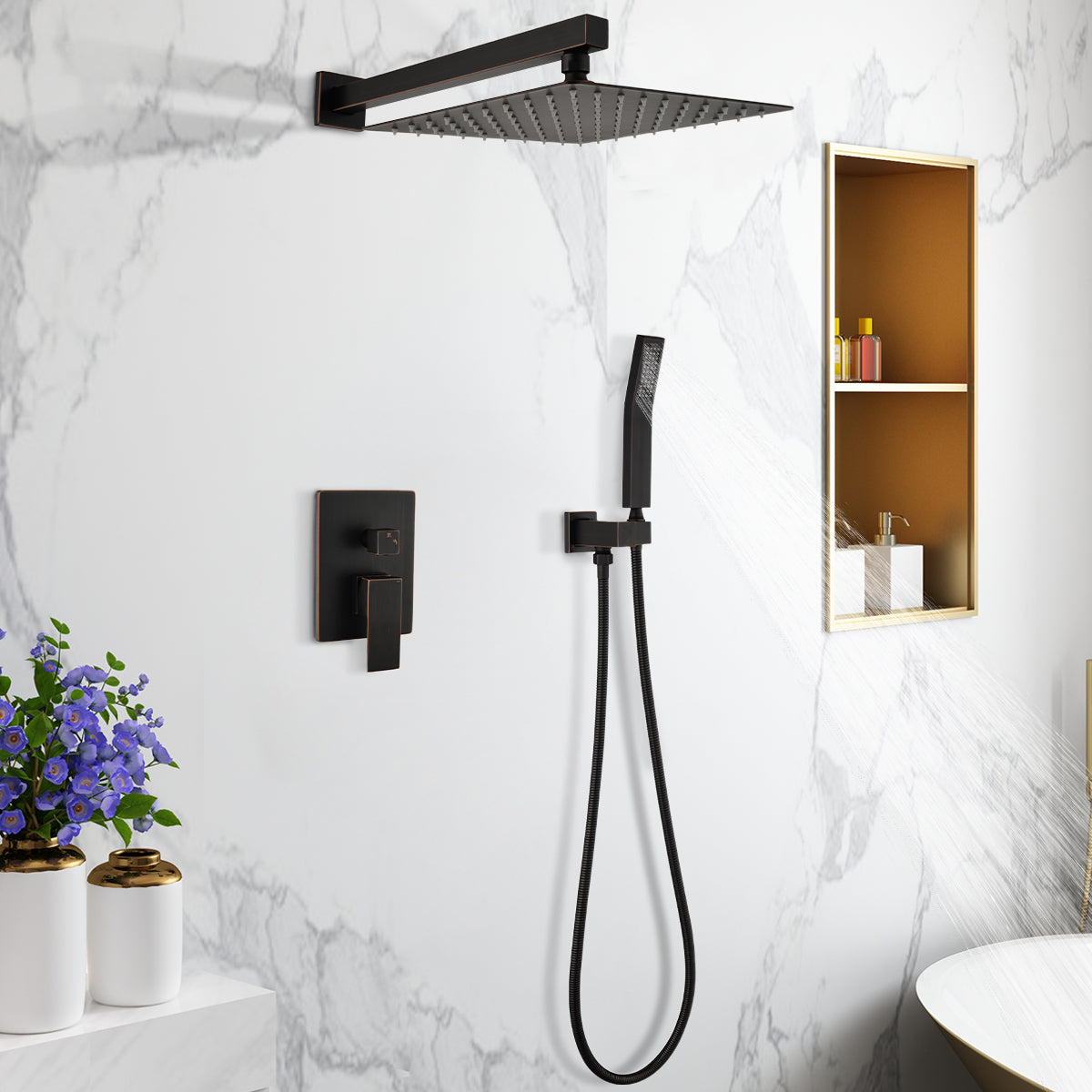
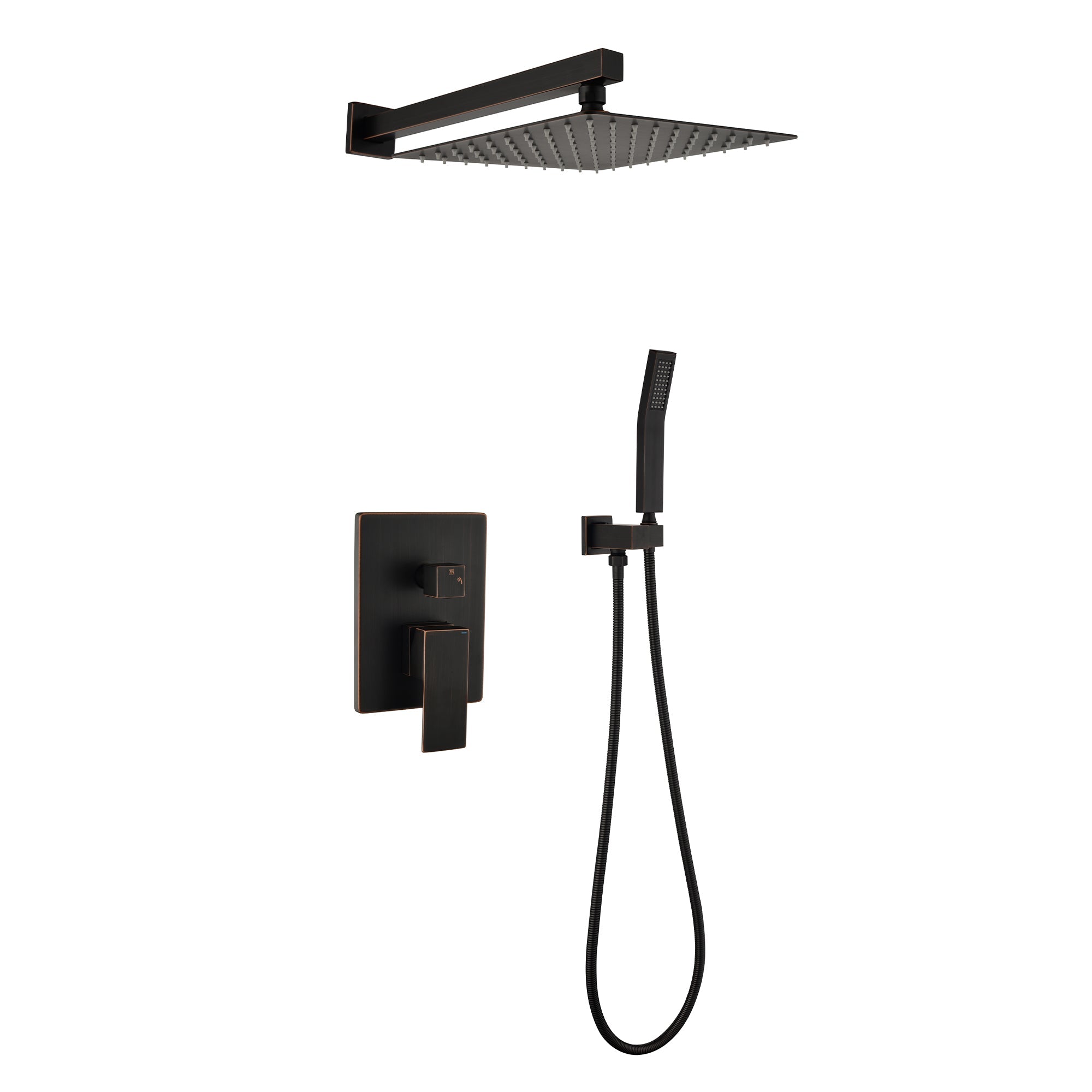


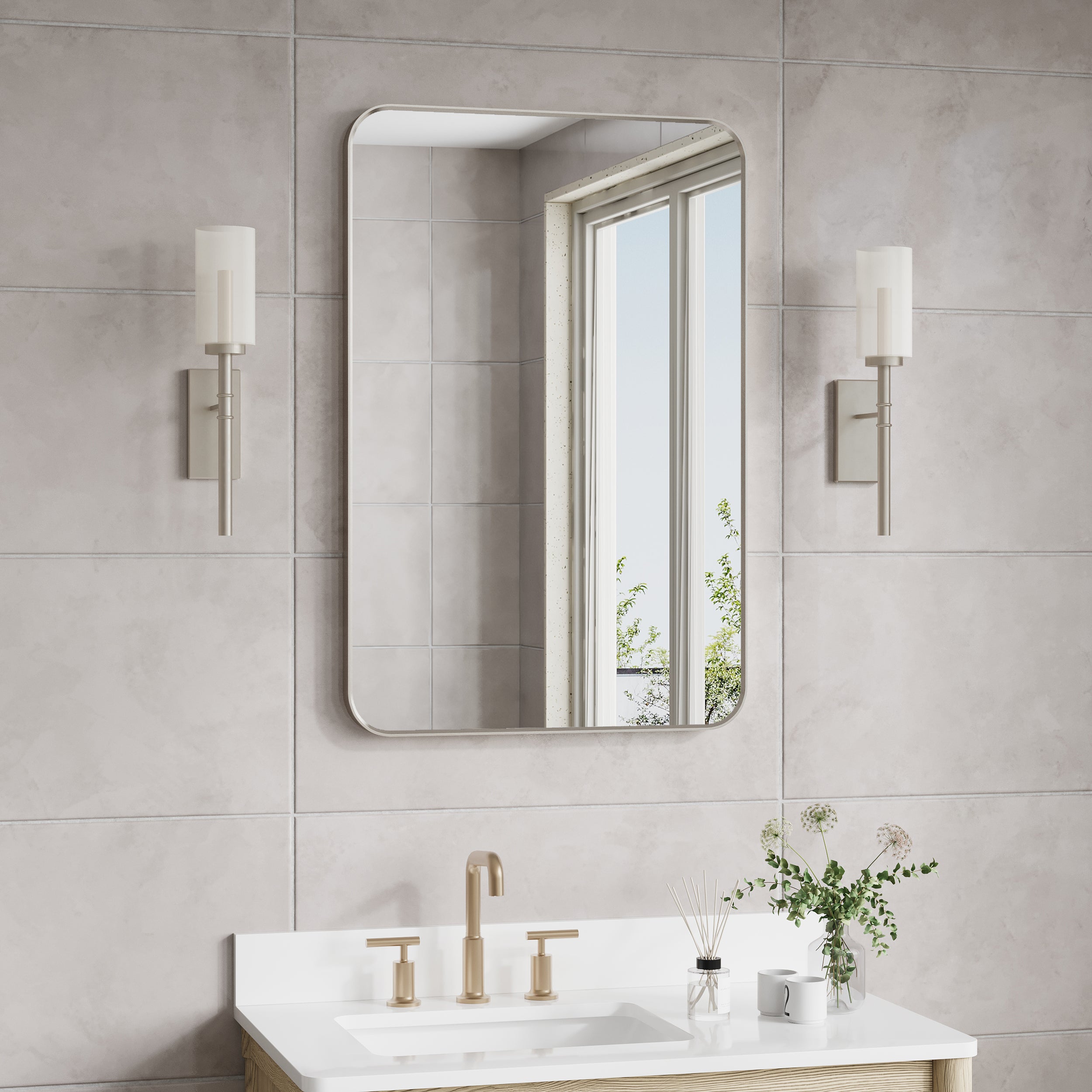
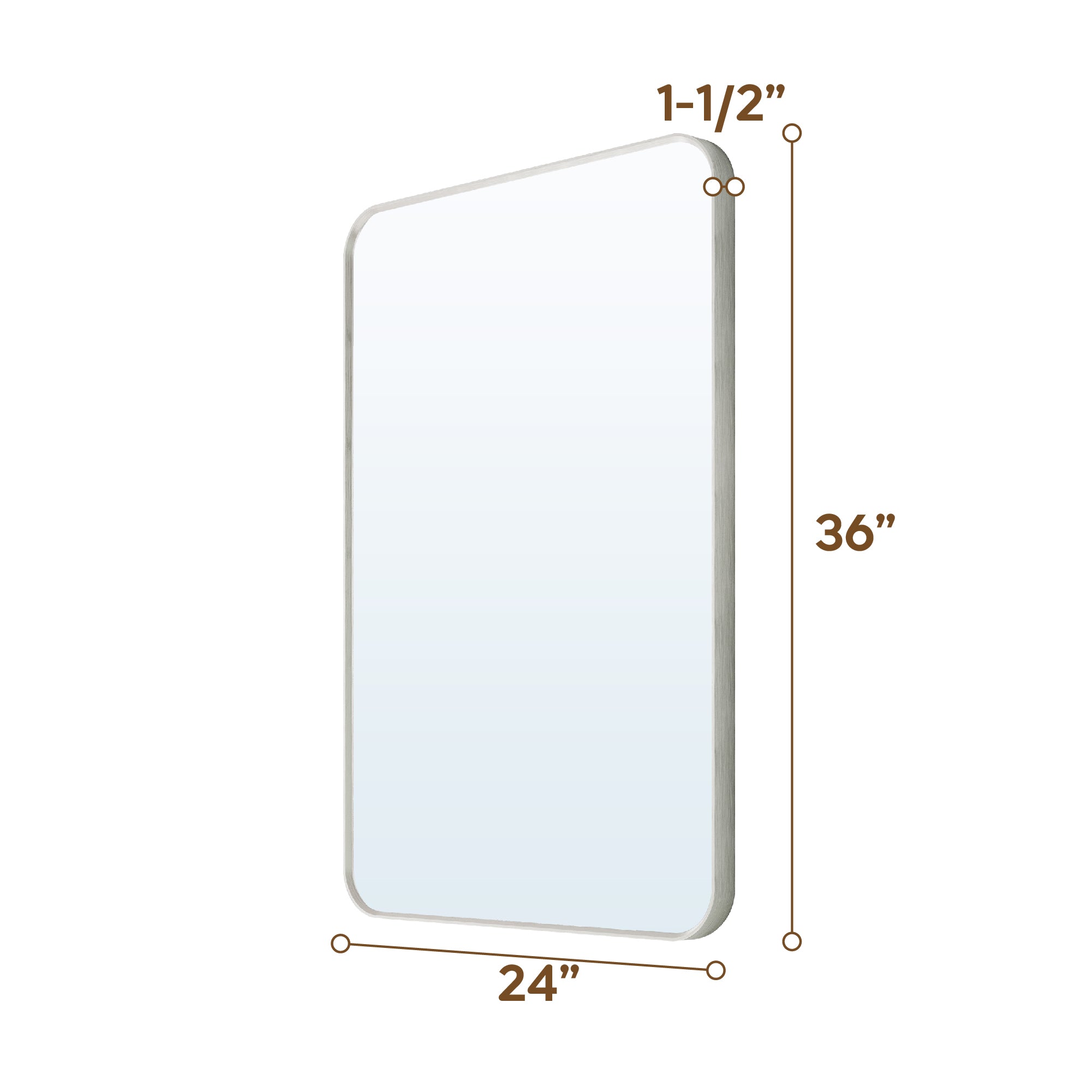

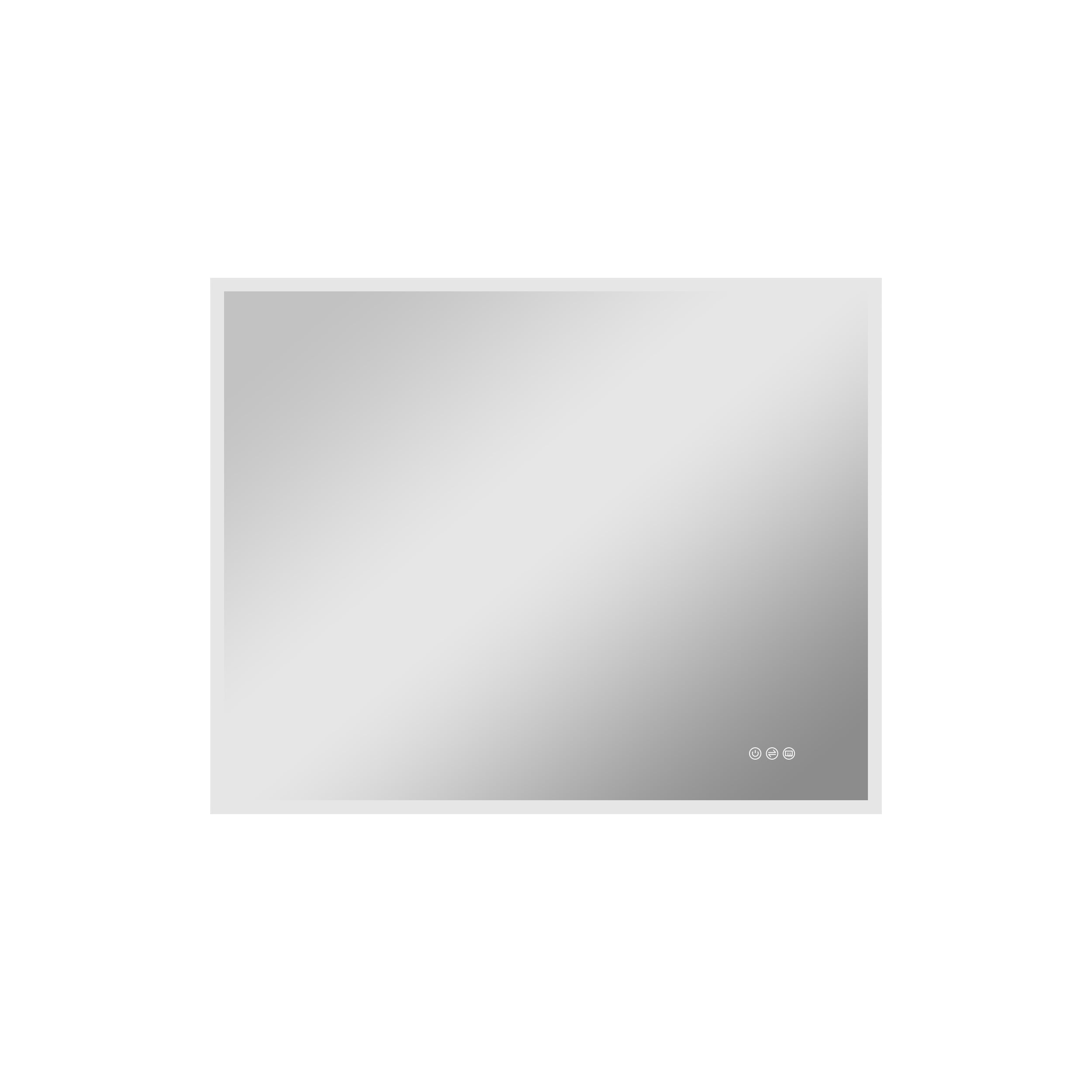


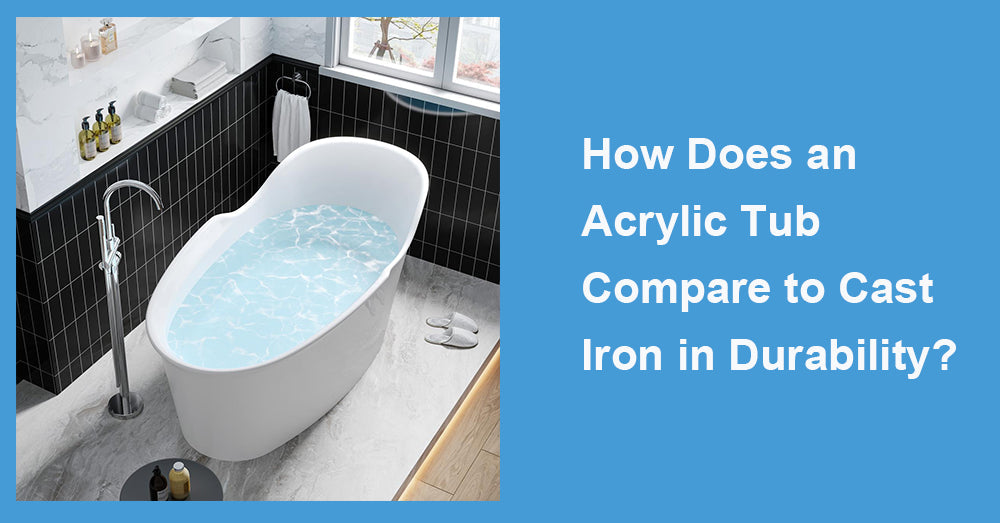
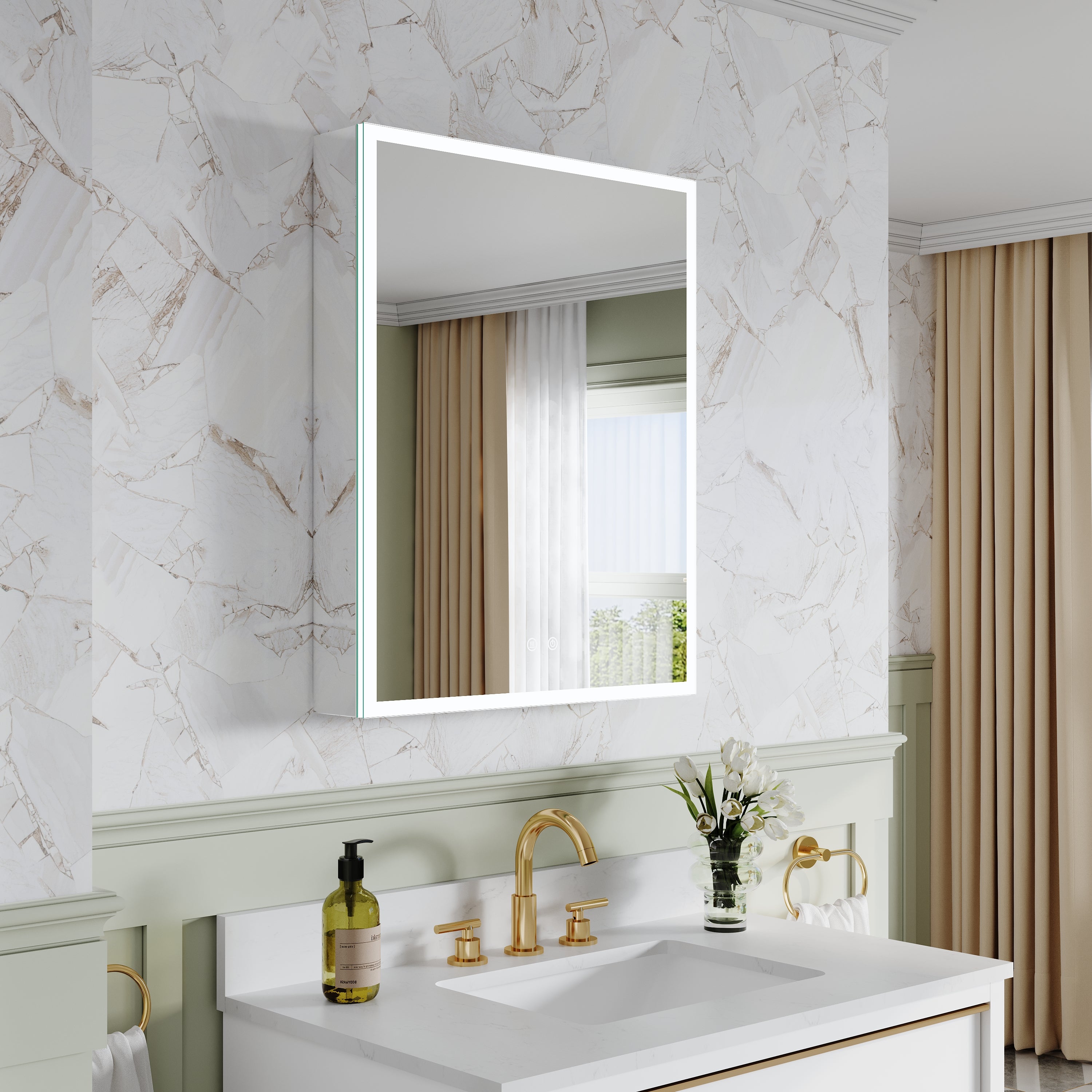
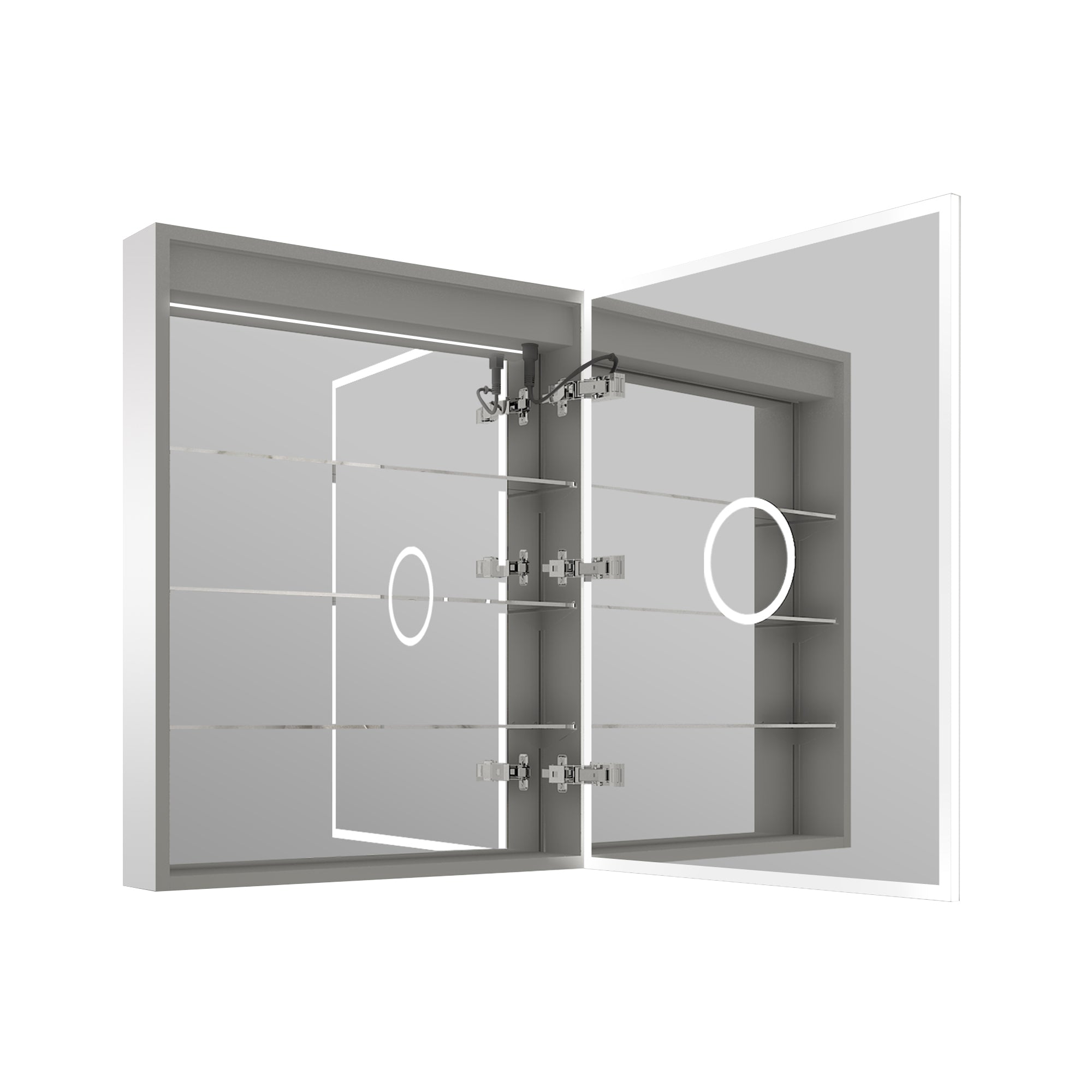
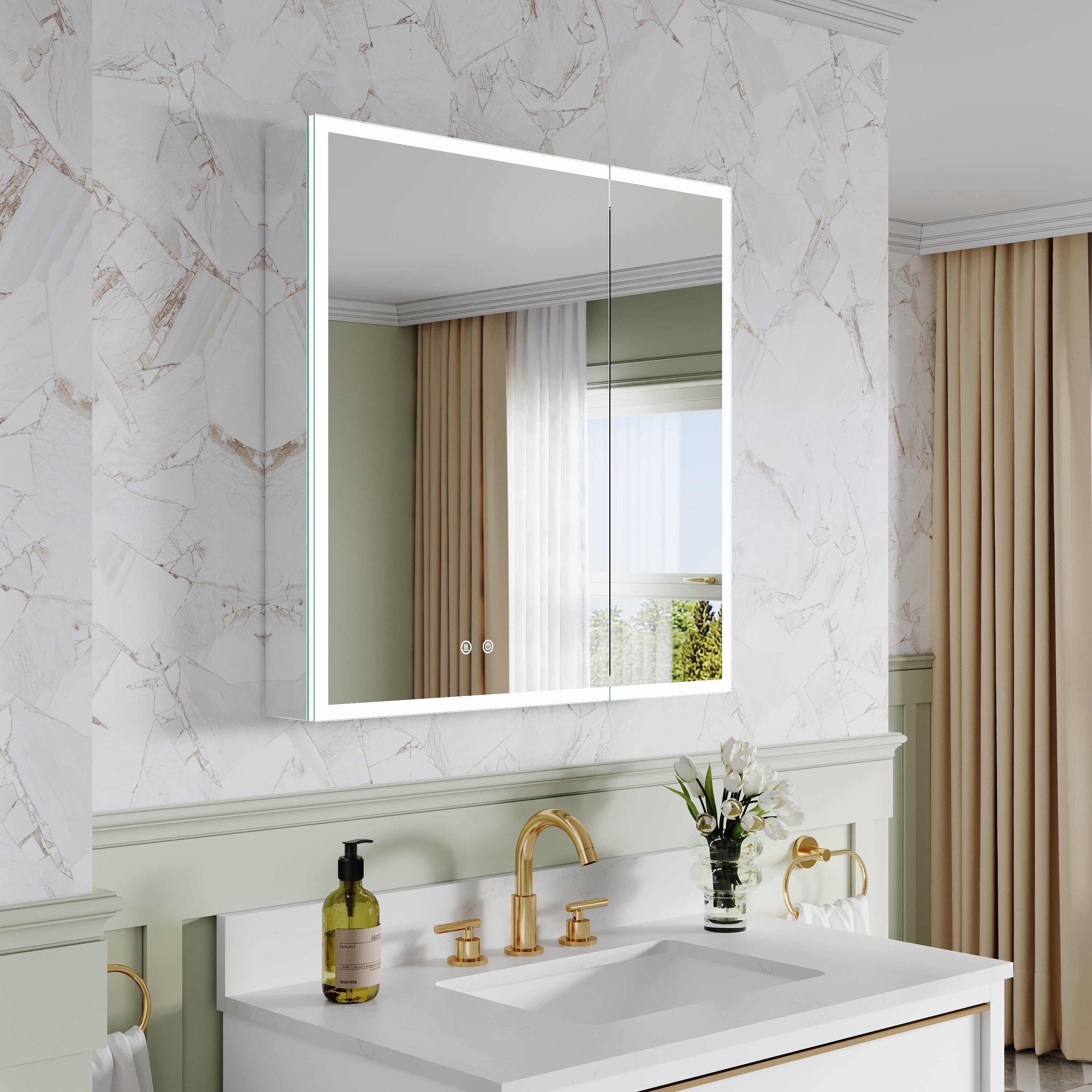
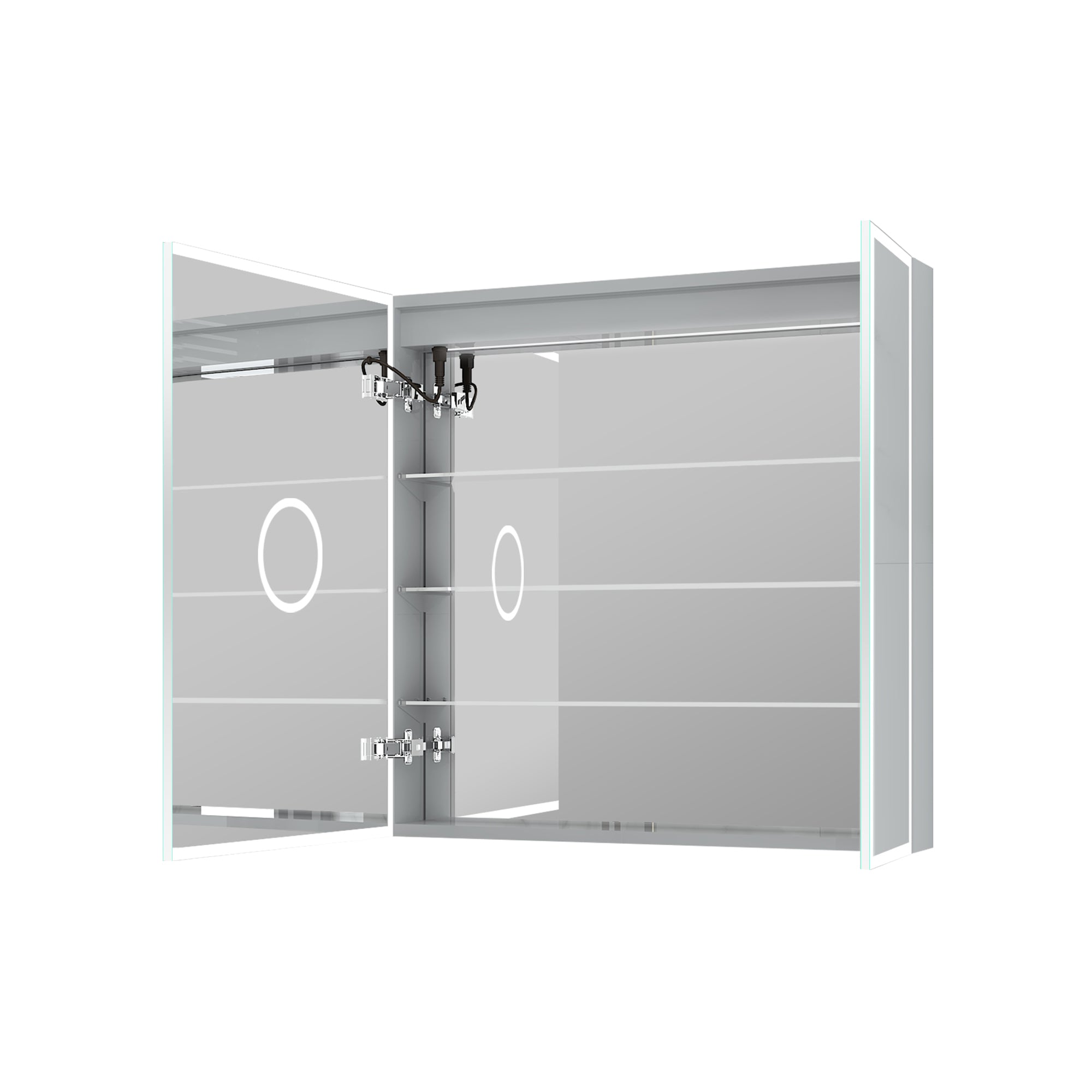
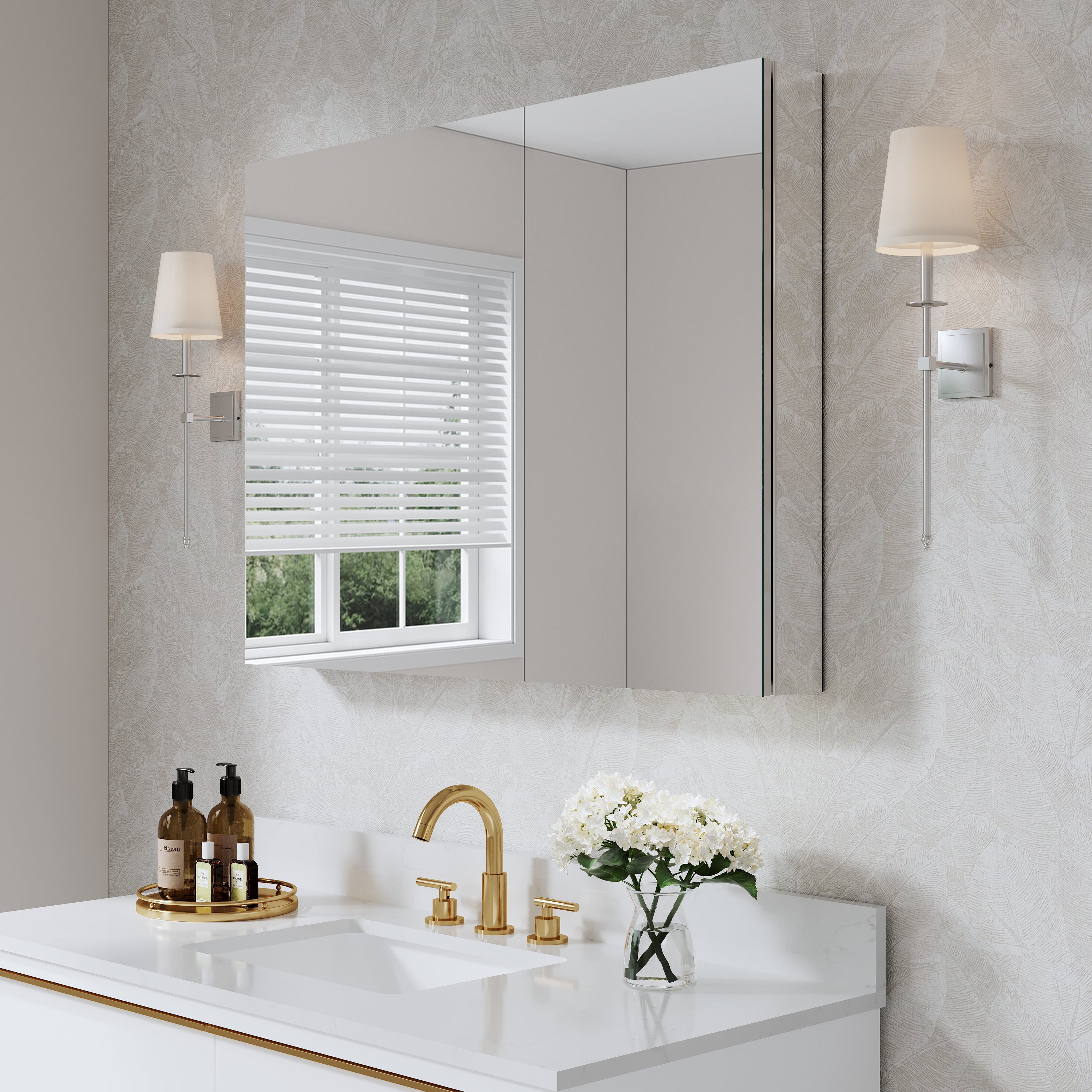

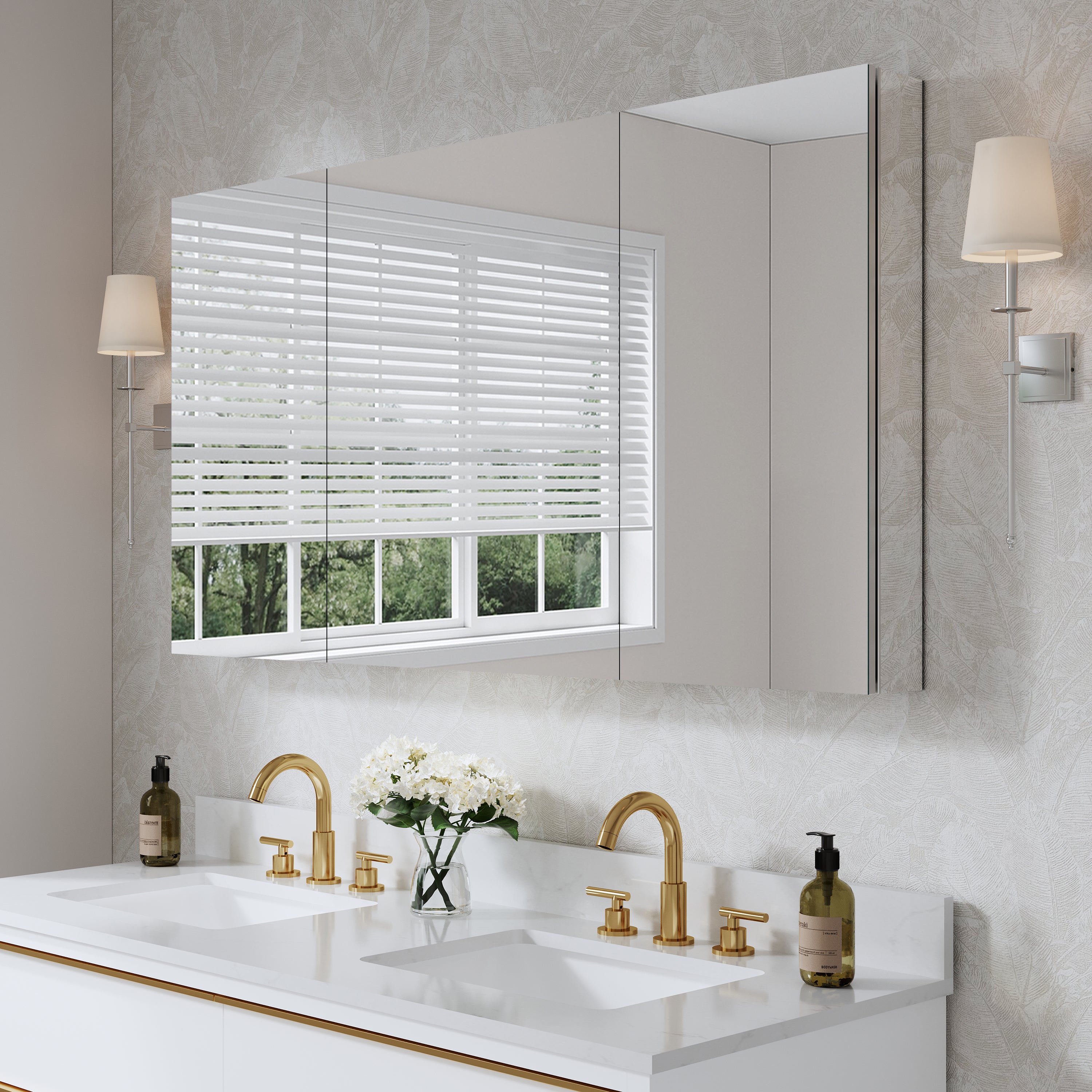

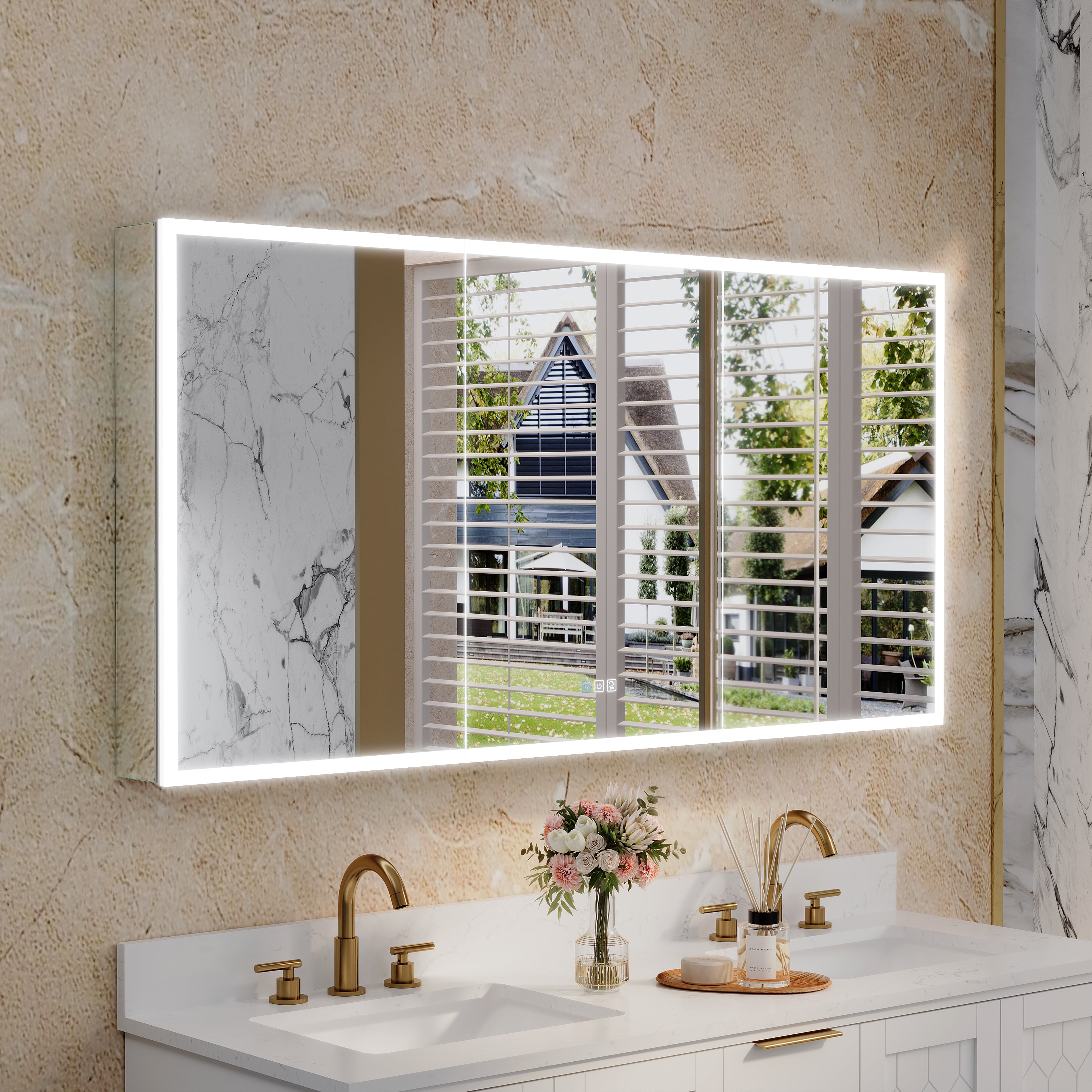

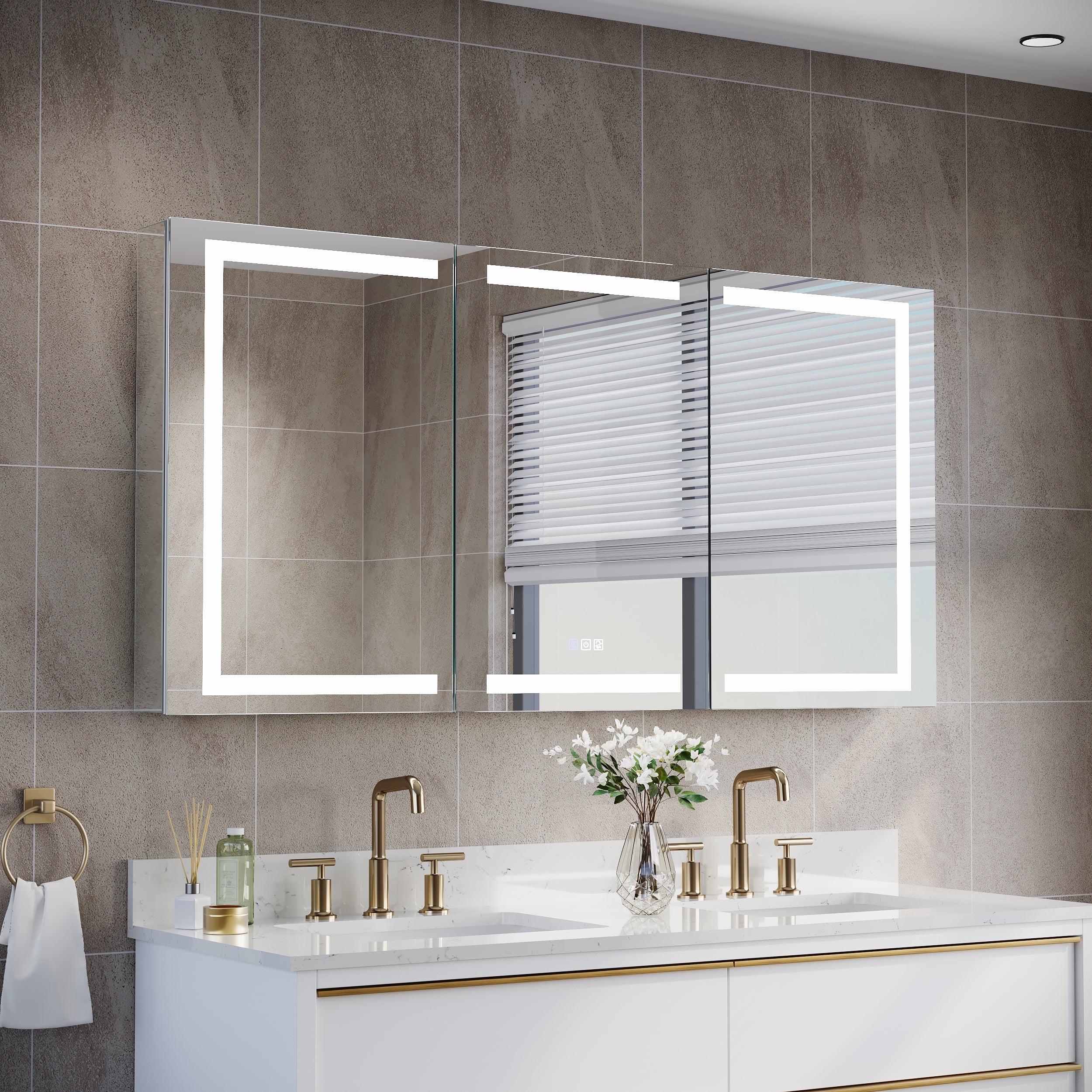


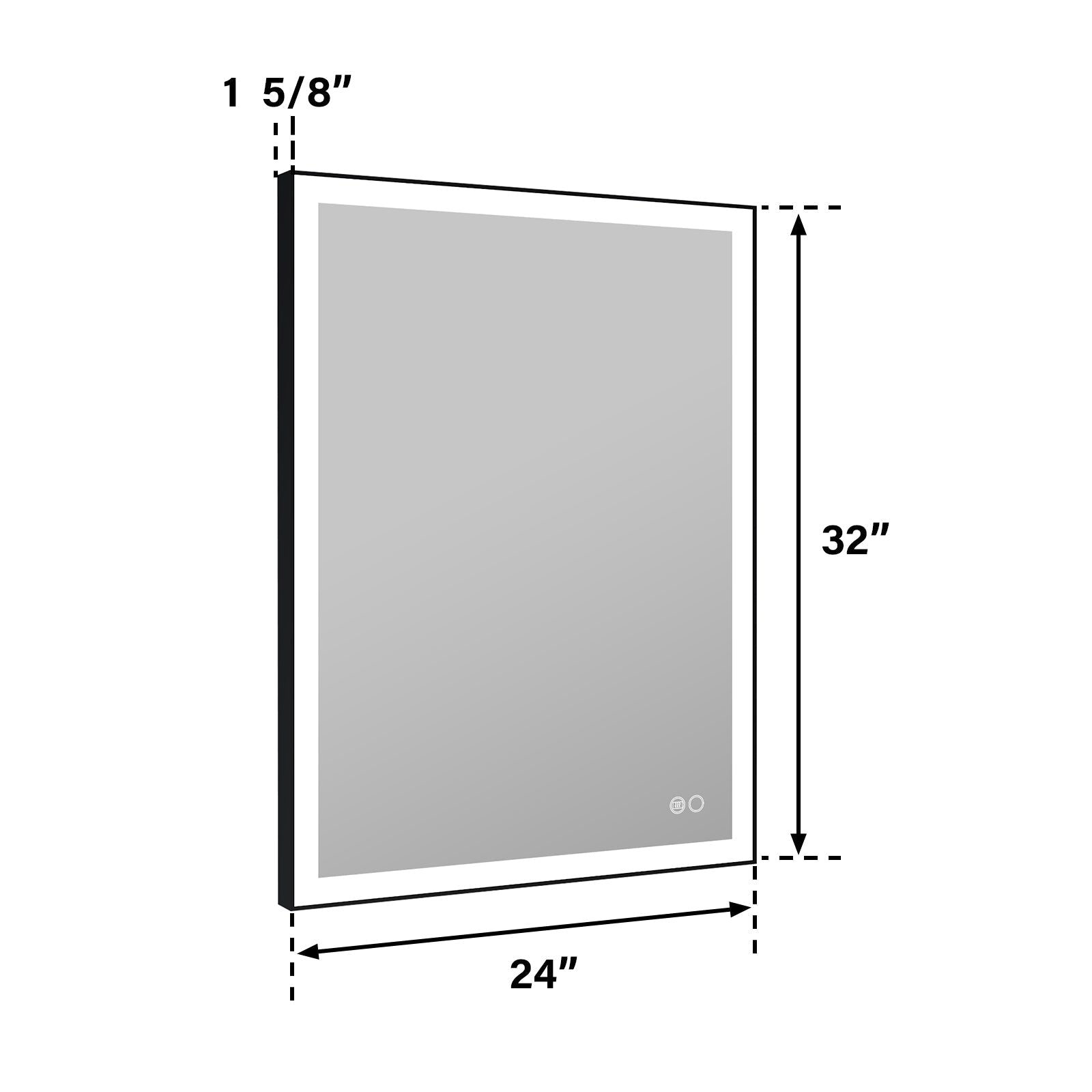
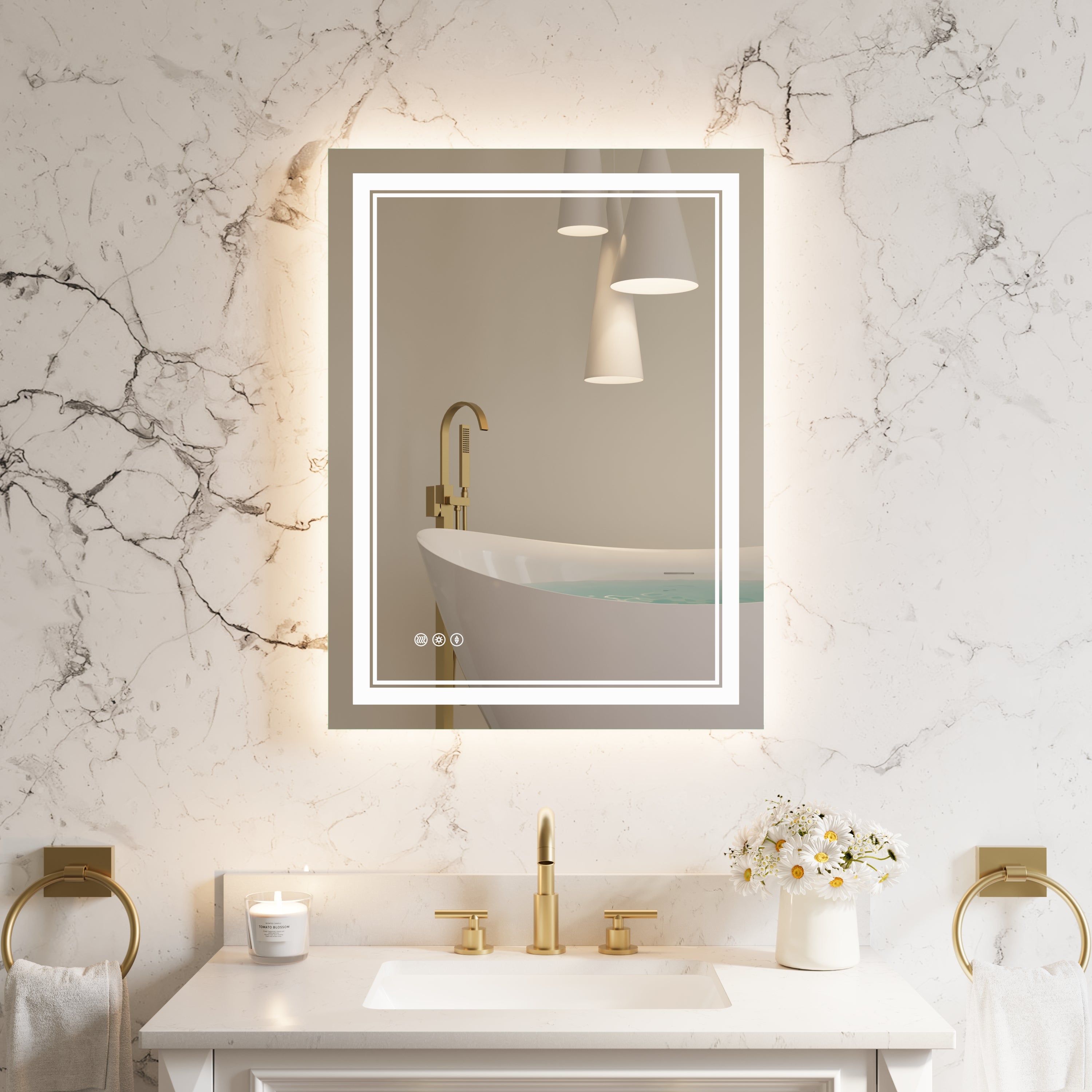
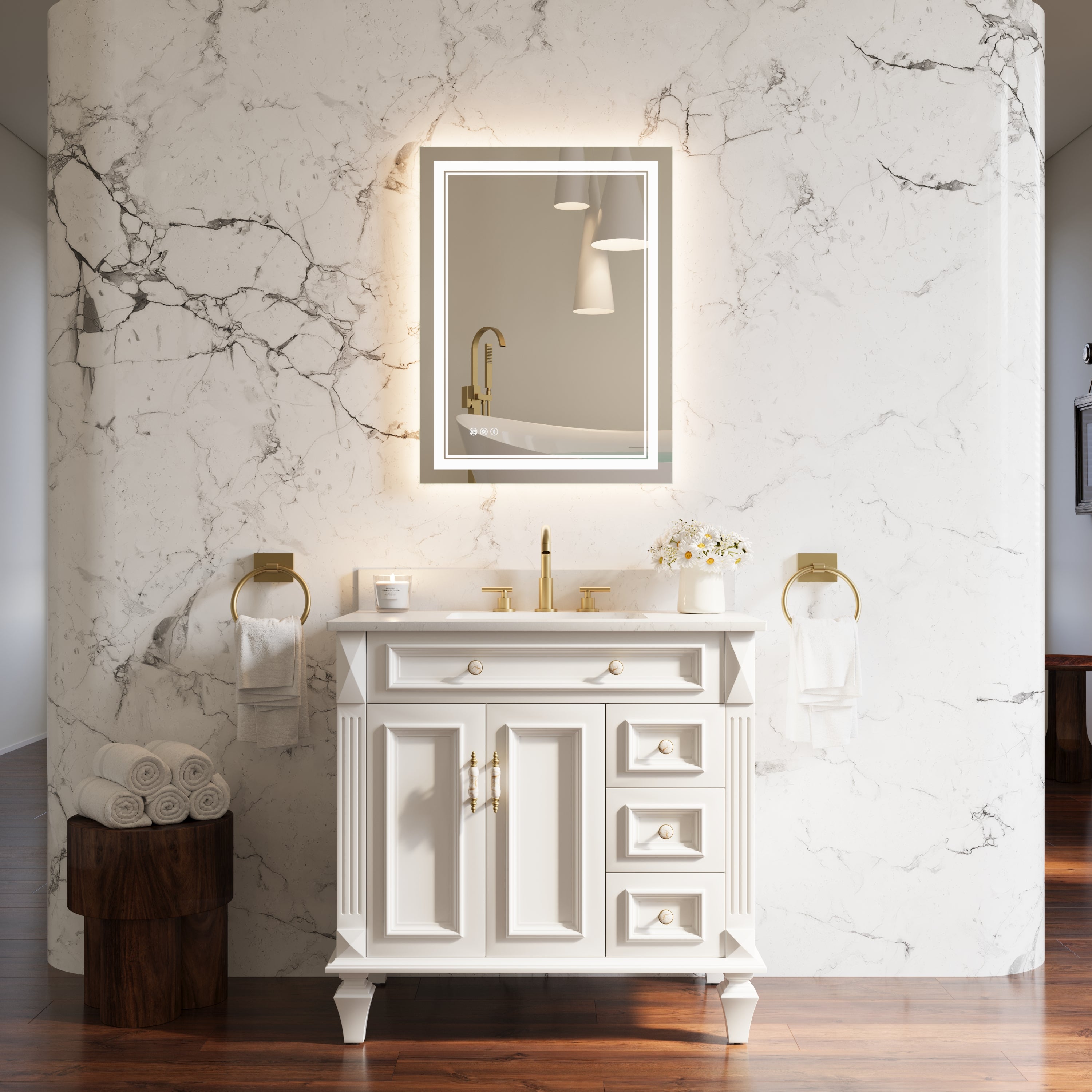
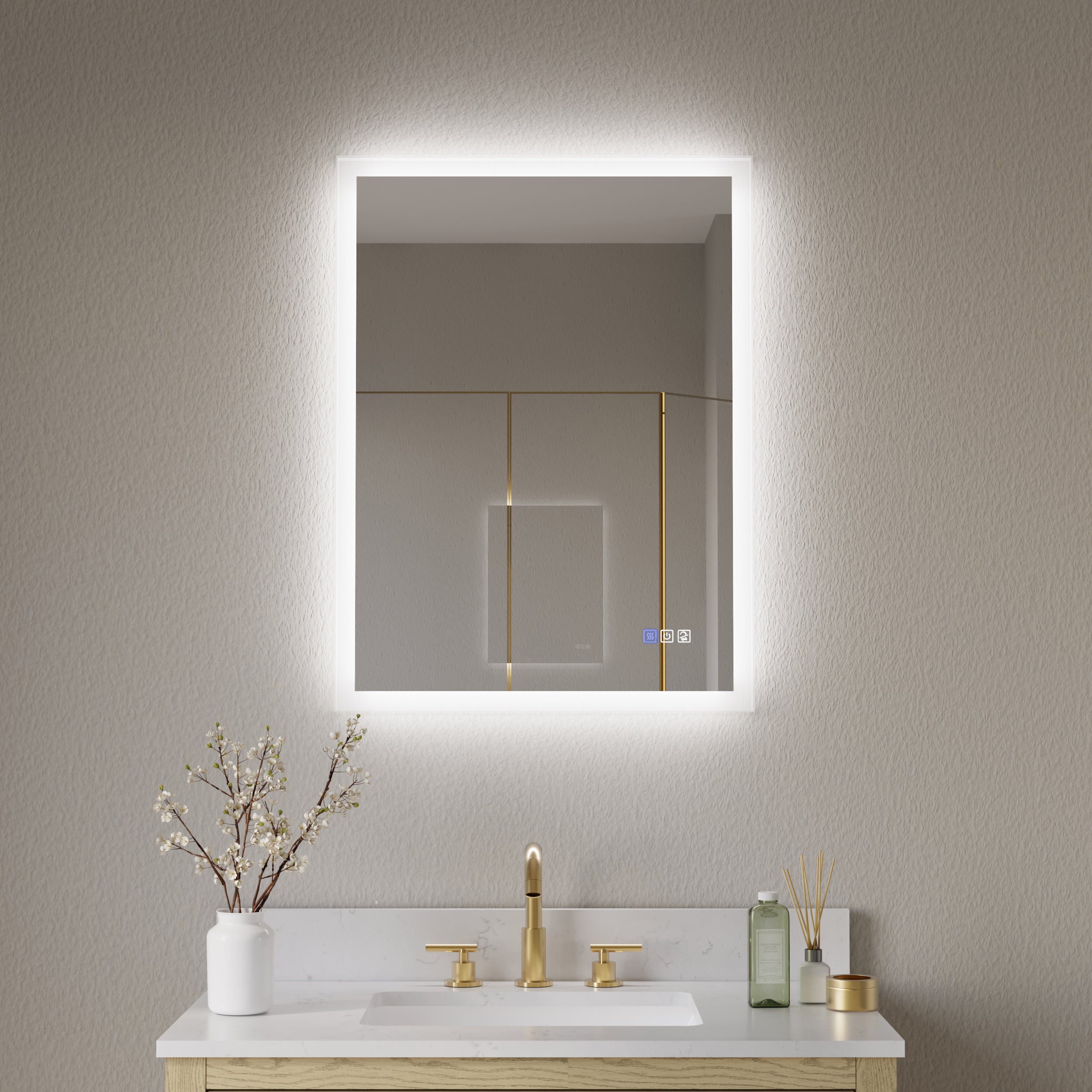

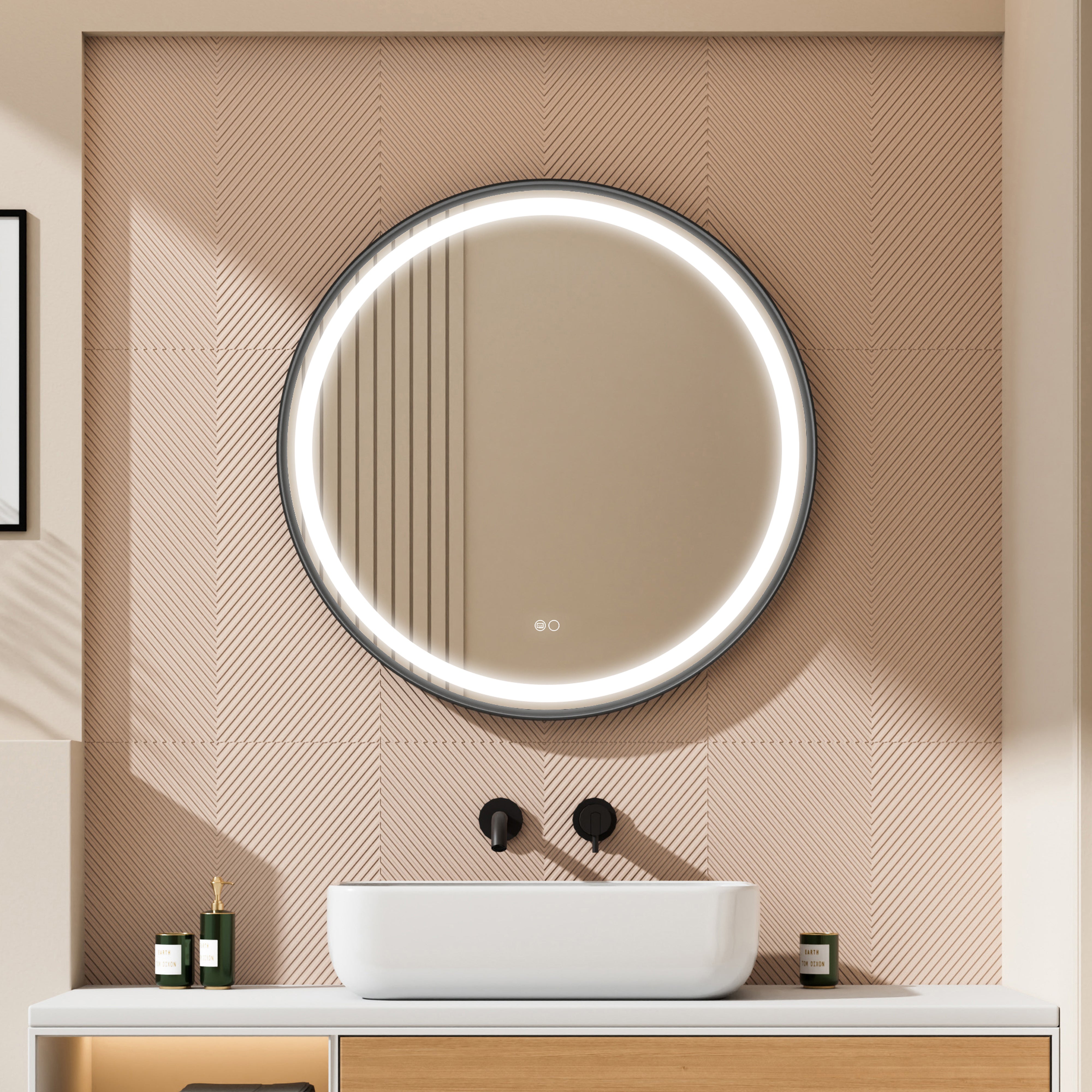
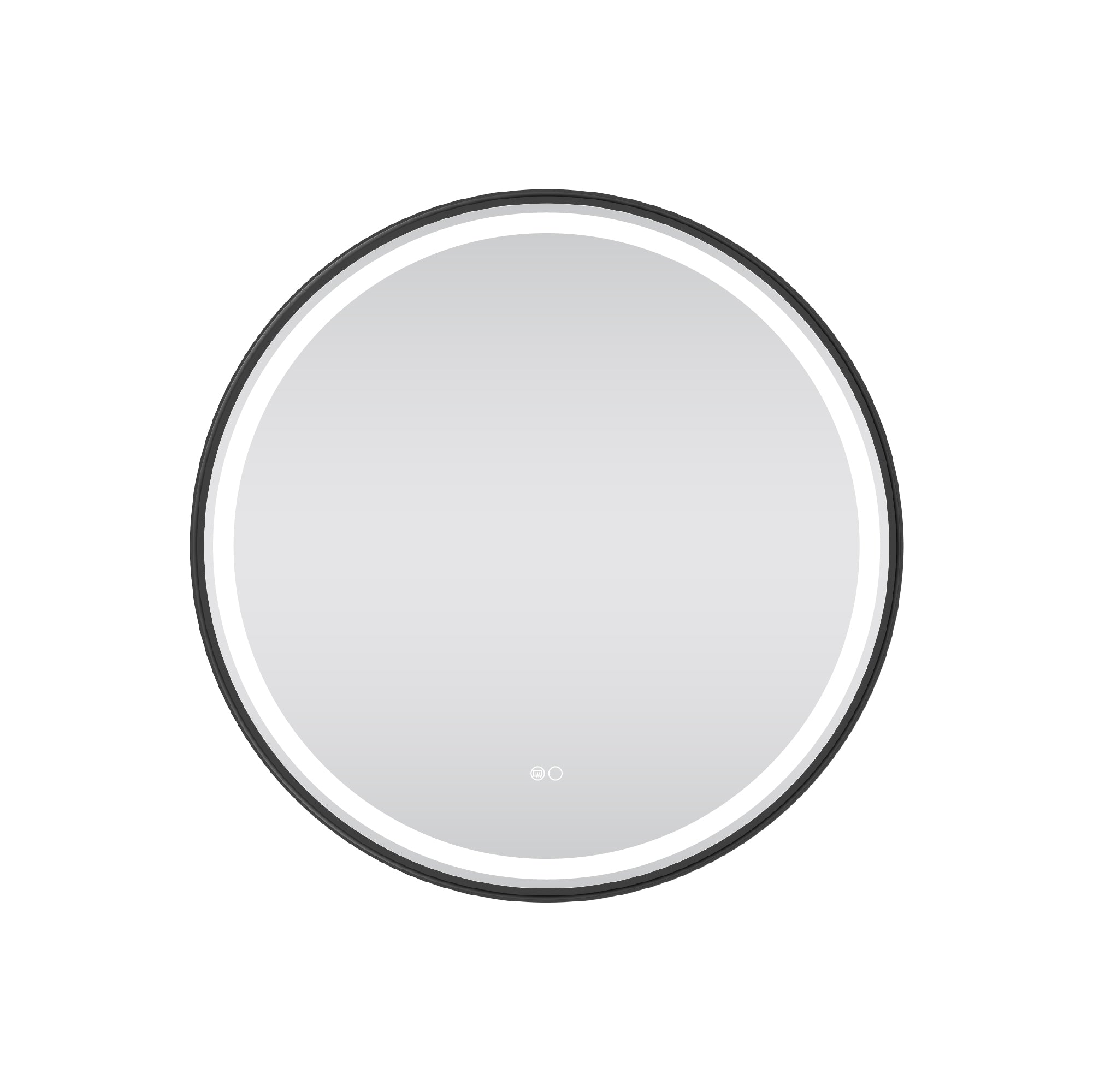


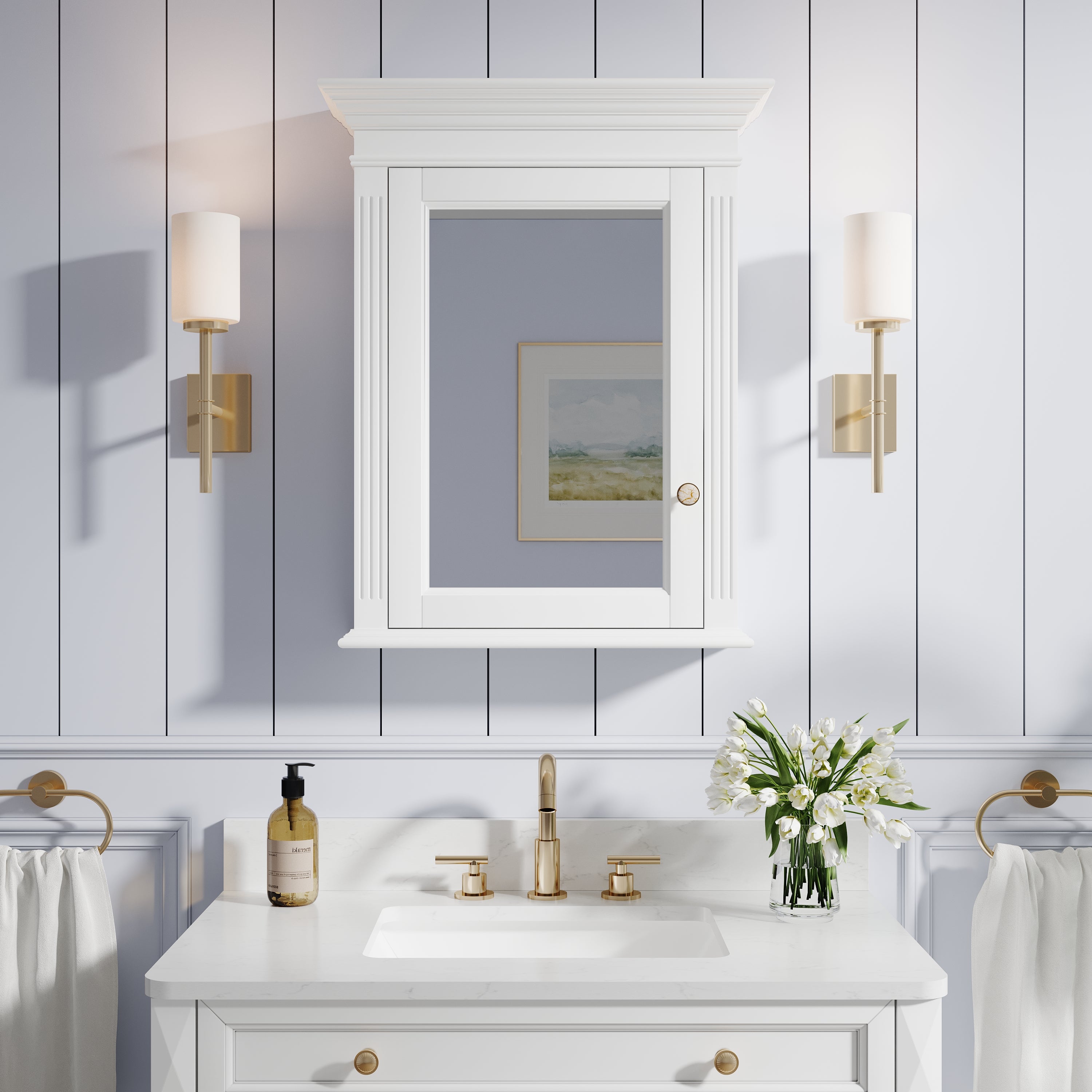
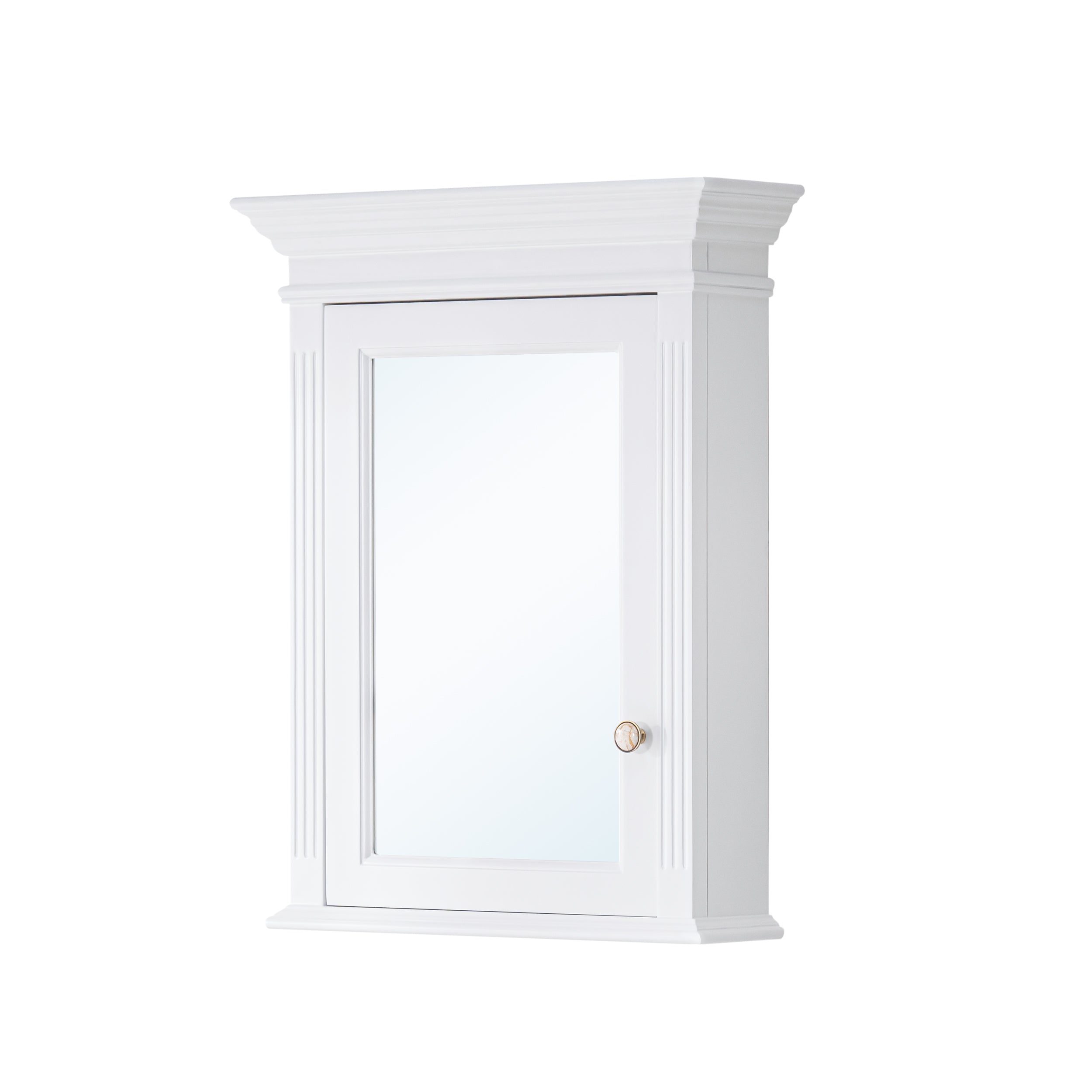
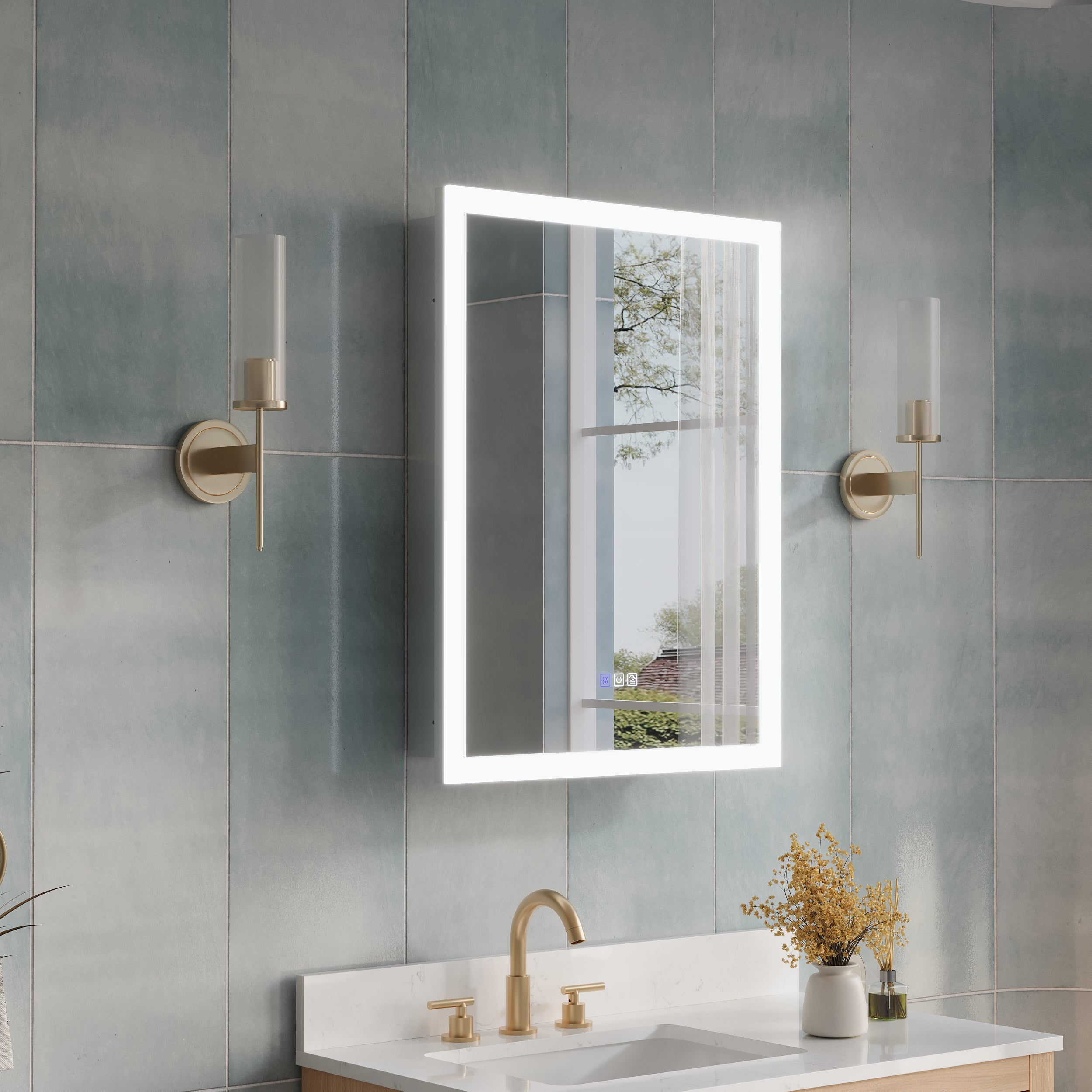
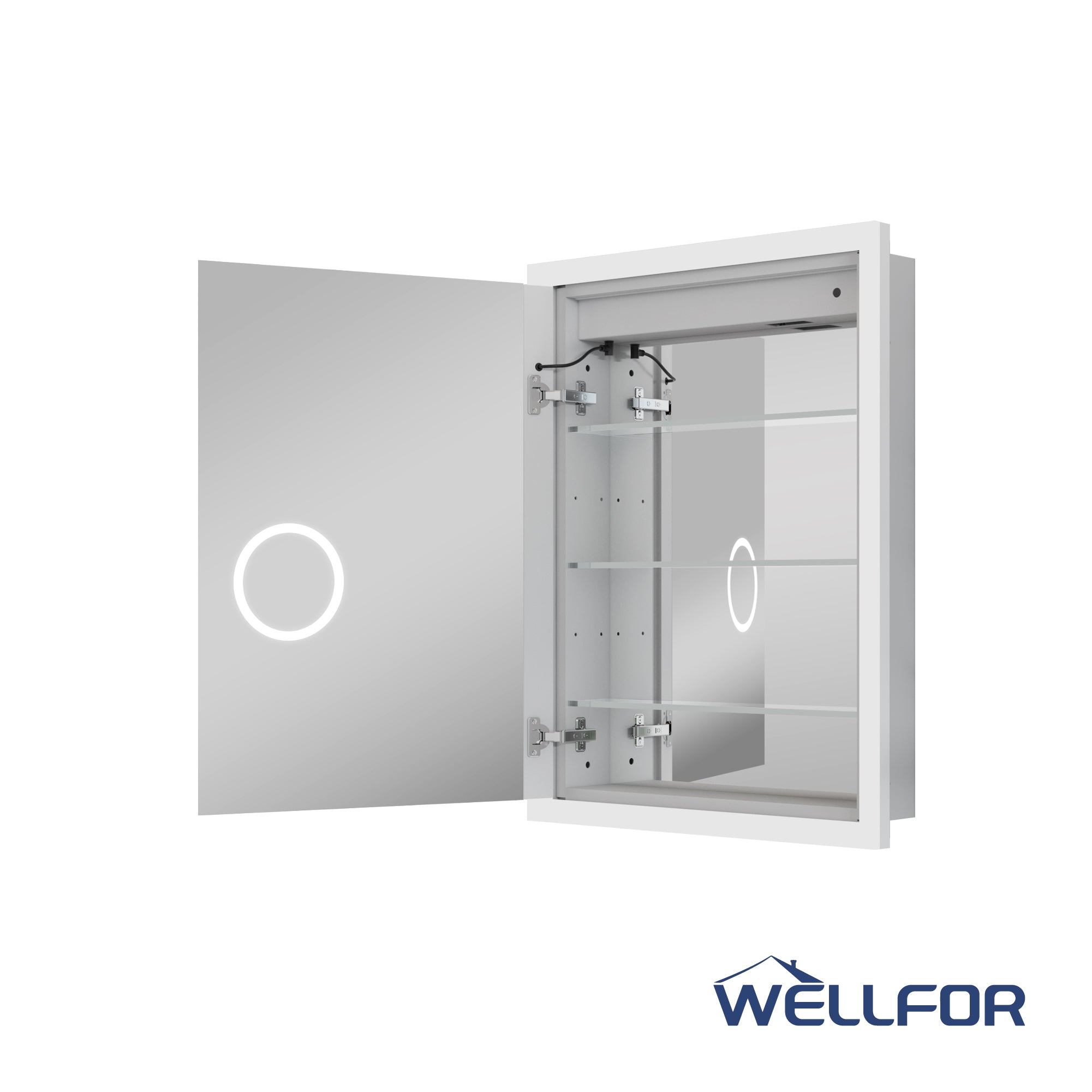
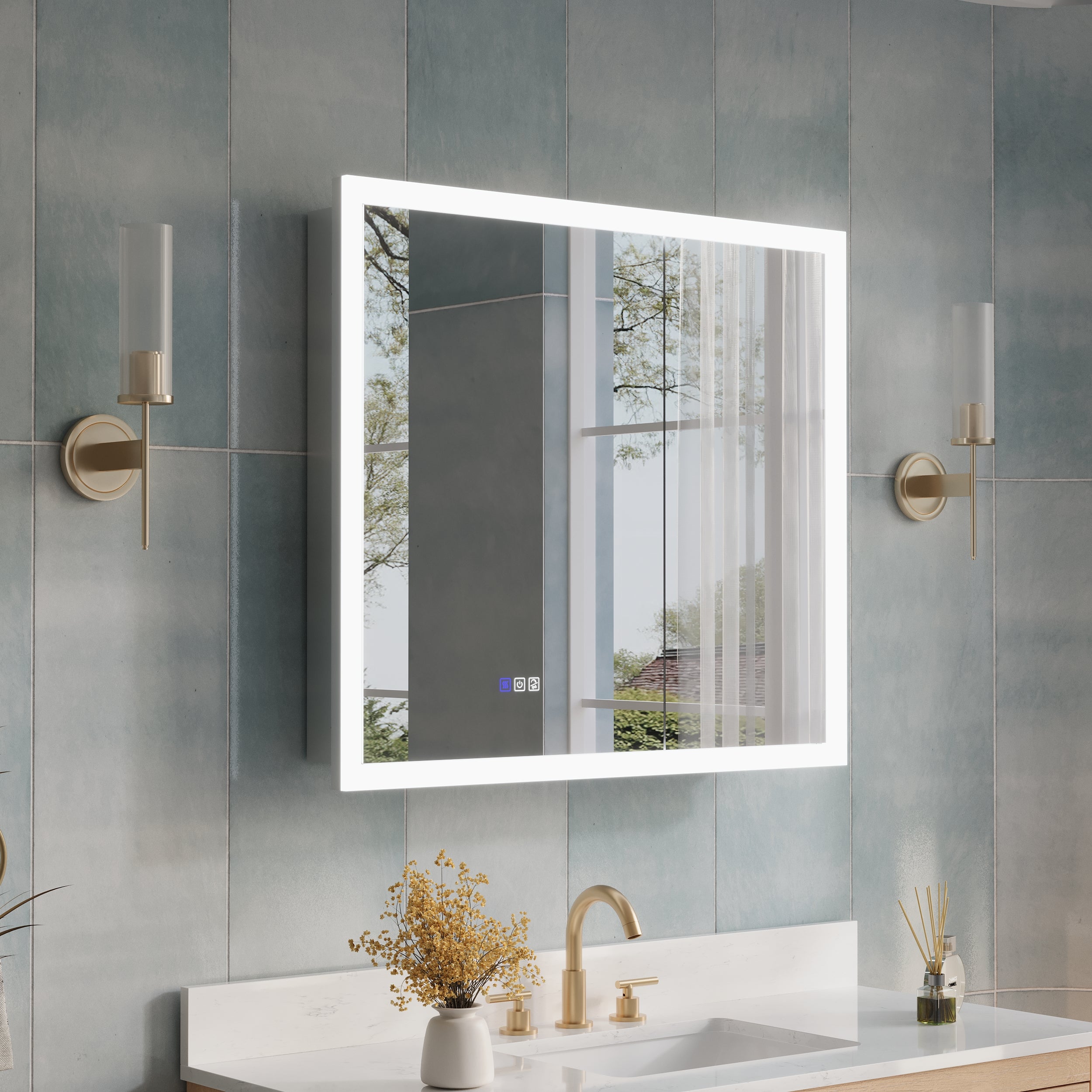




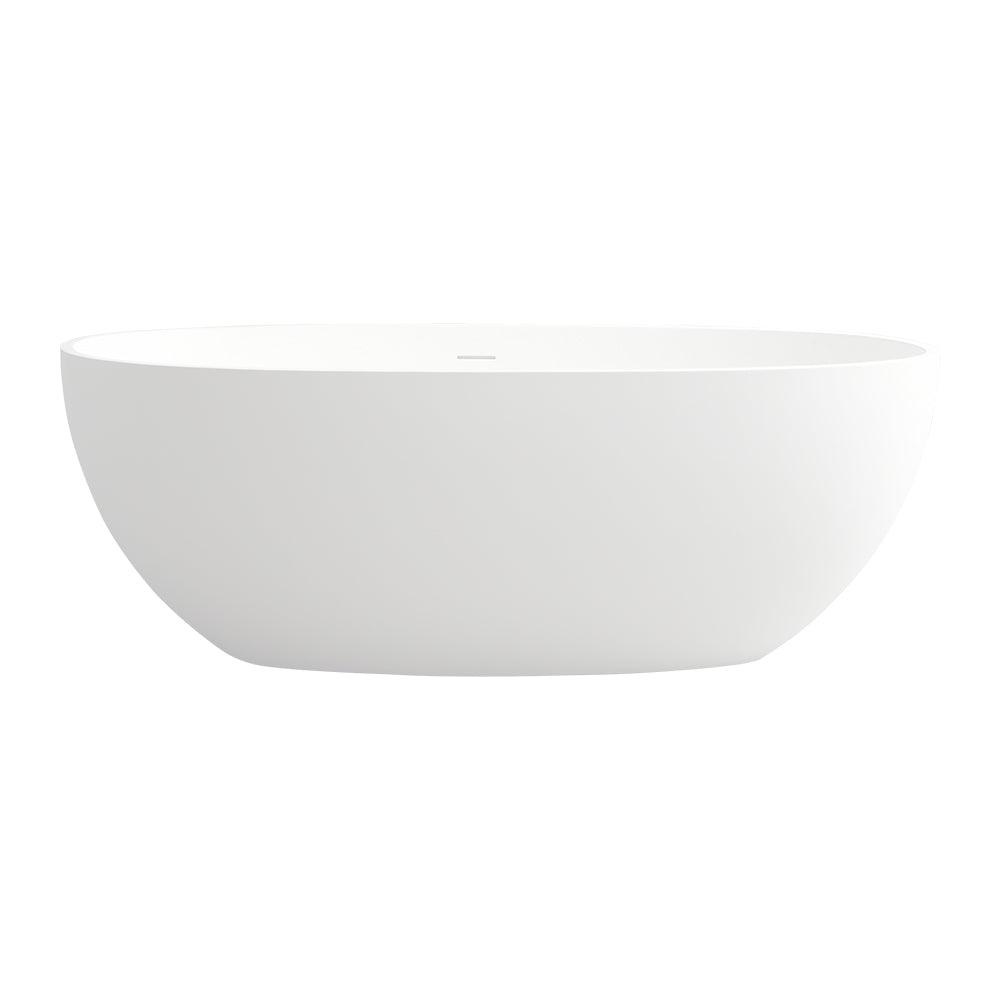
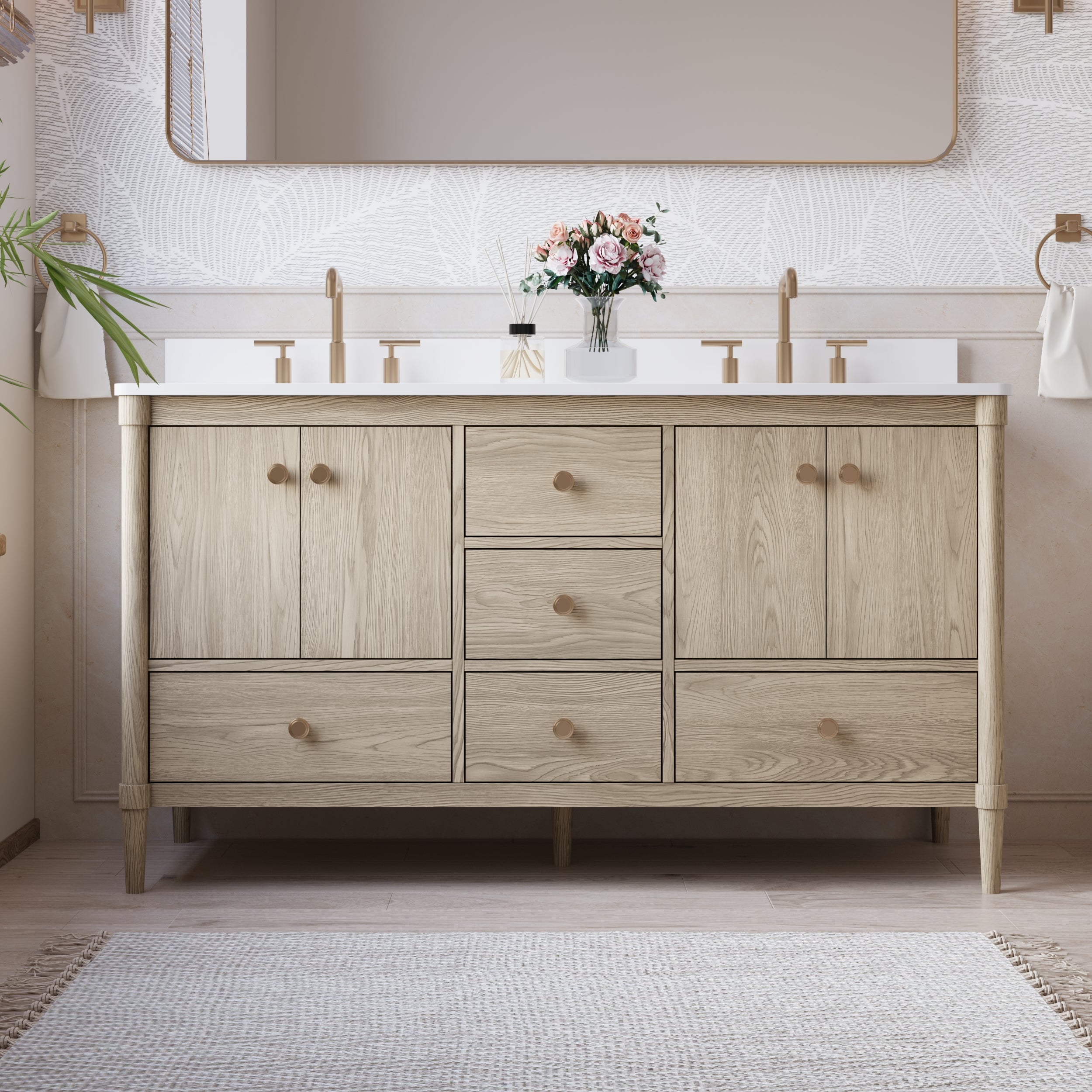
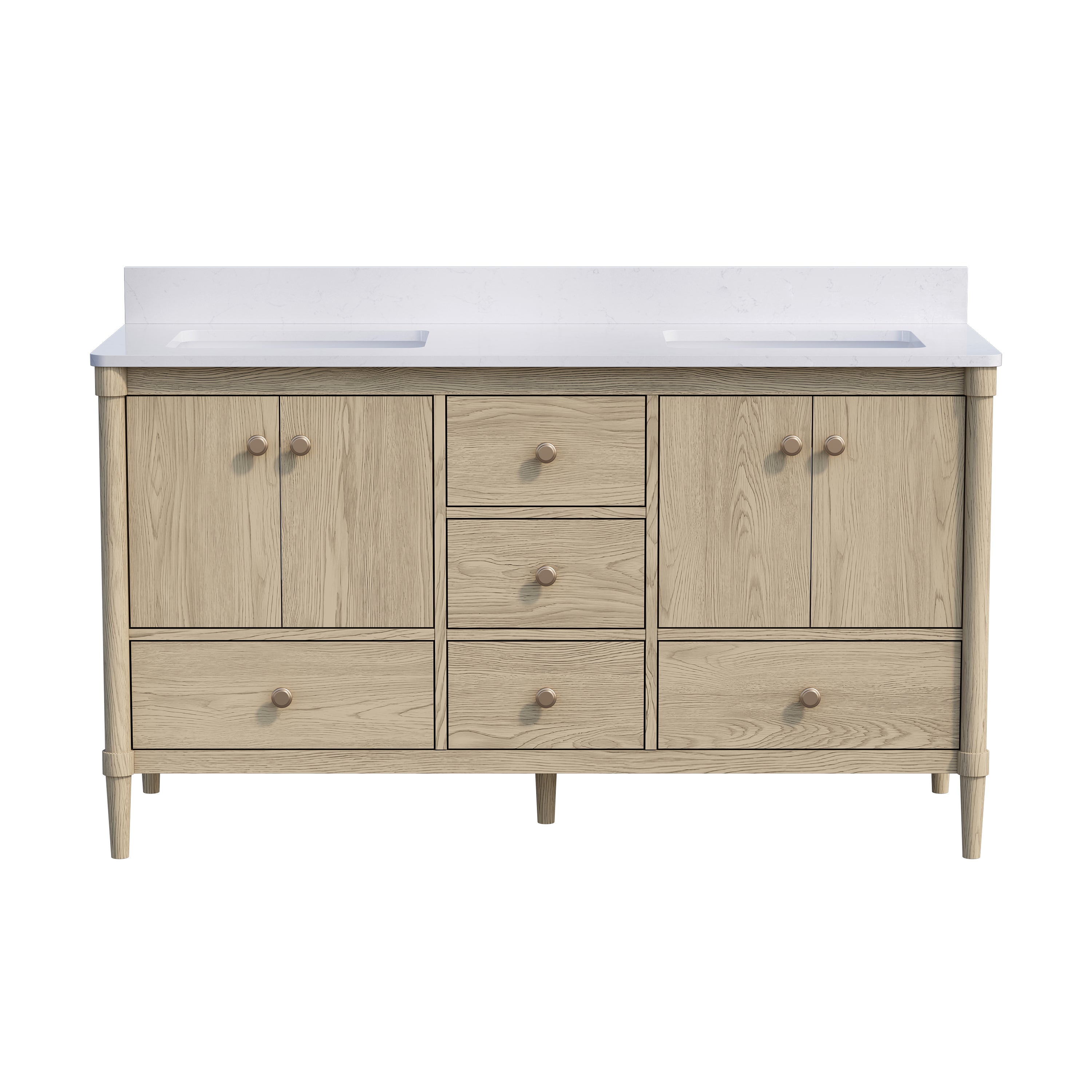
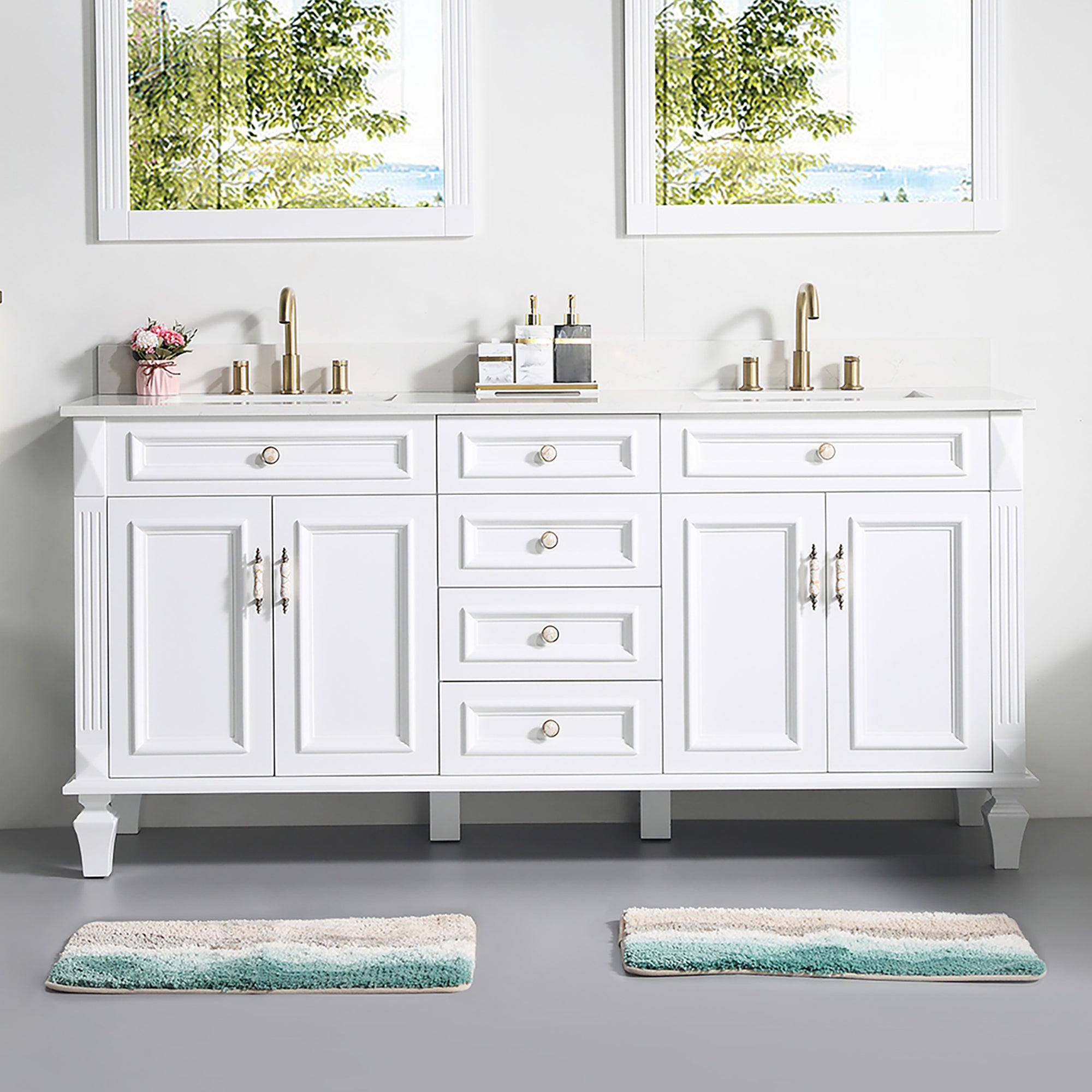

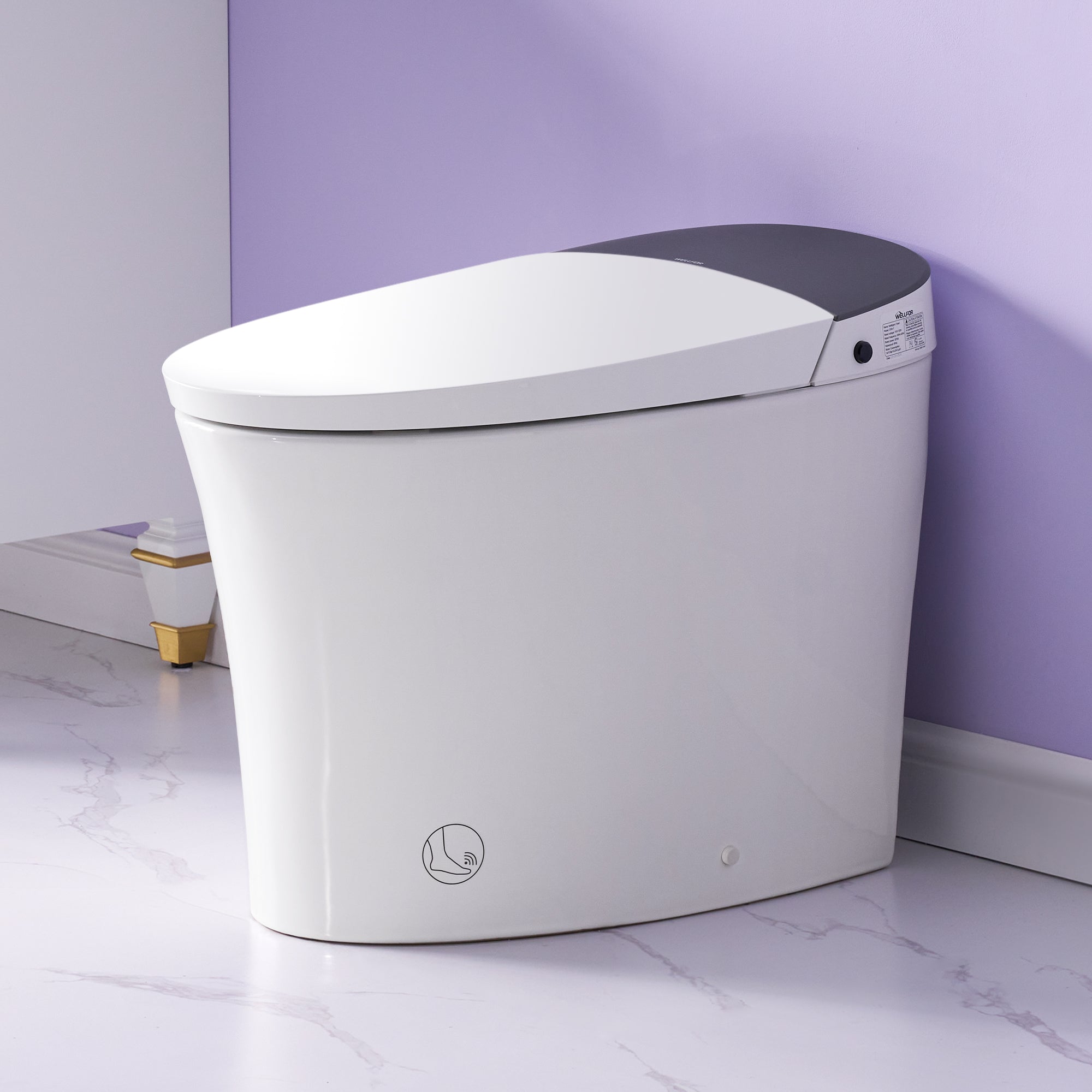
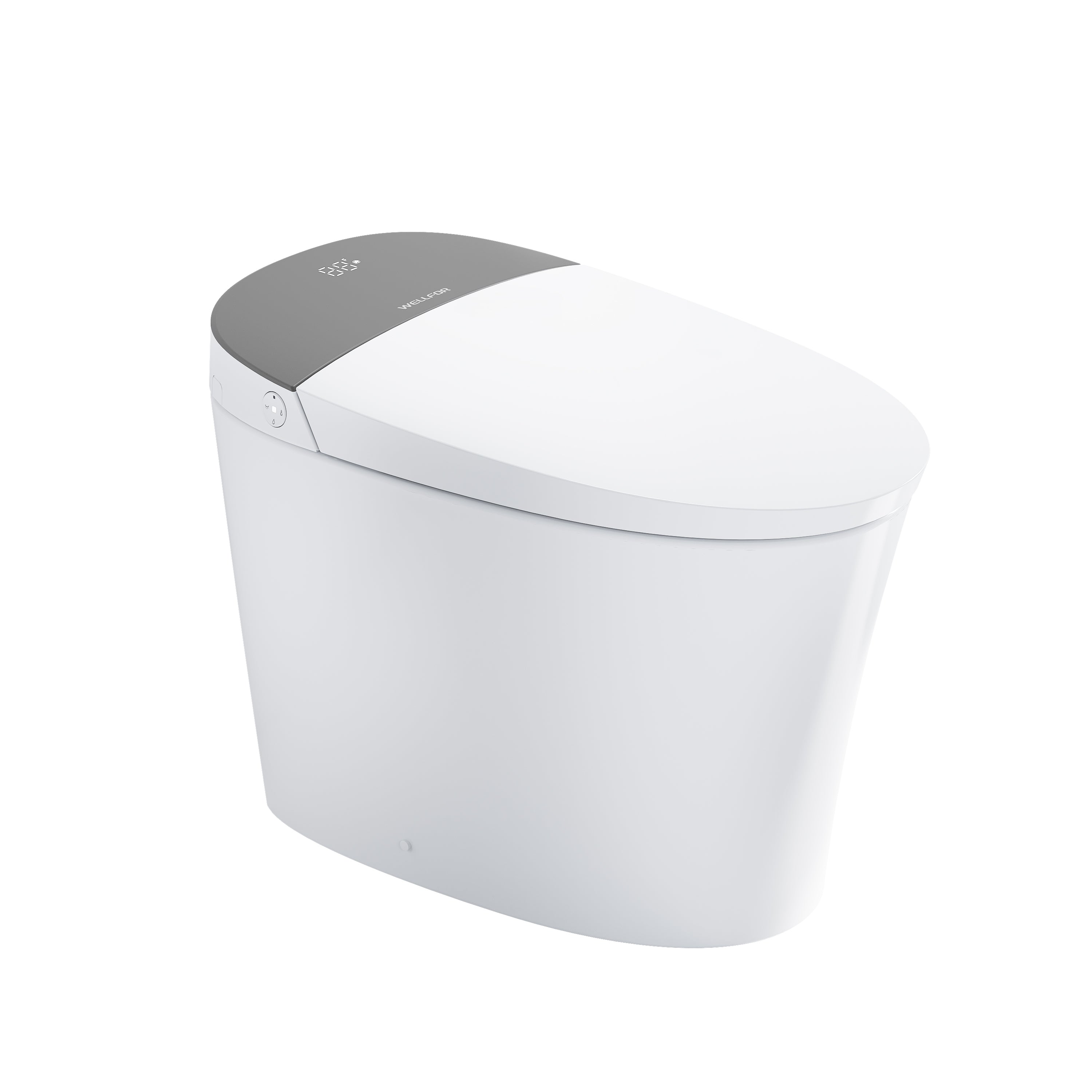

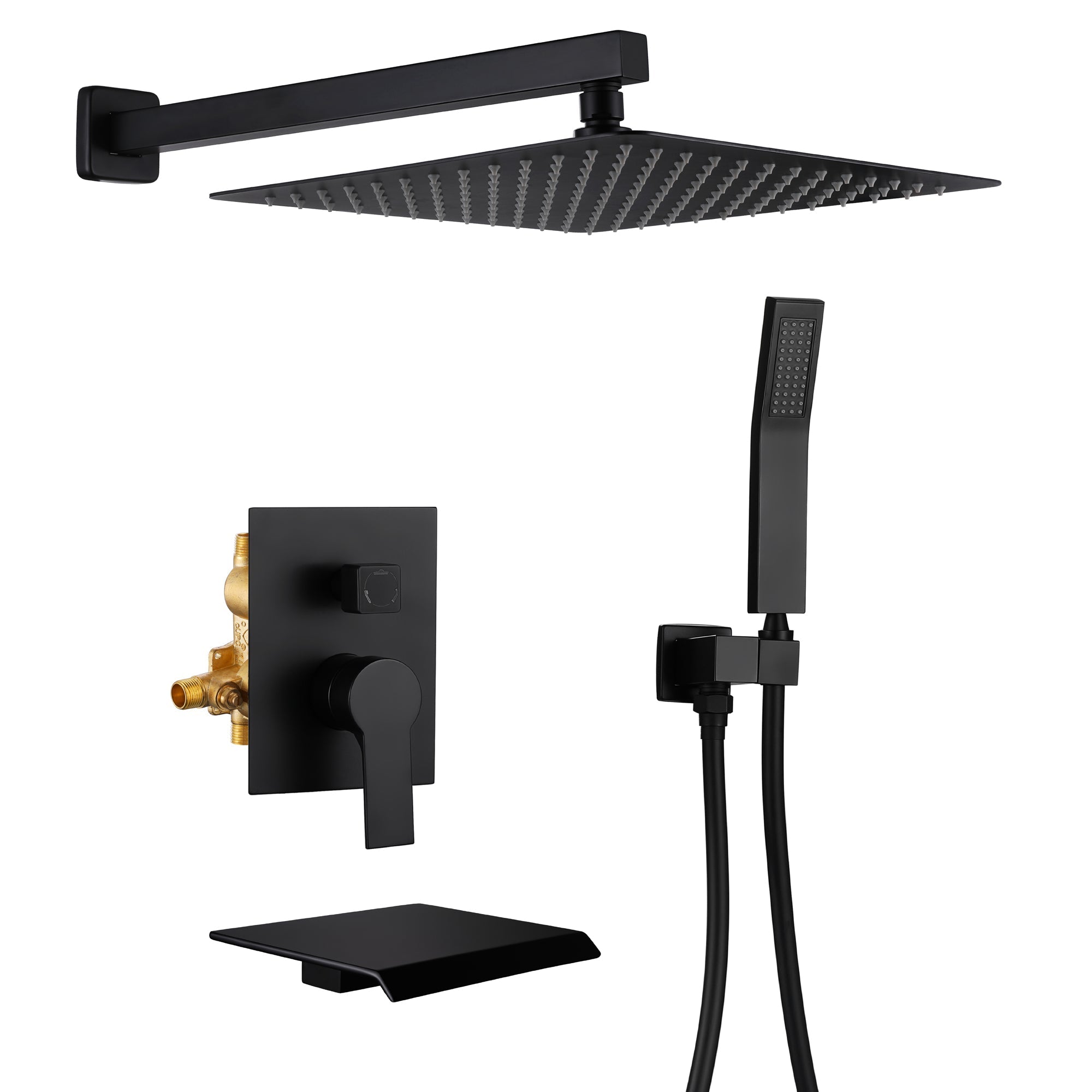
Leave a comment
This site is protected by hCaptcha and the hCaptcha Privacy Policy and Terms of Service apply.